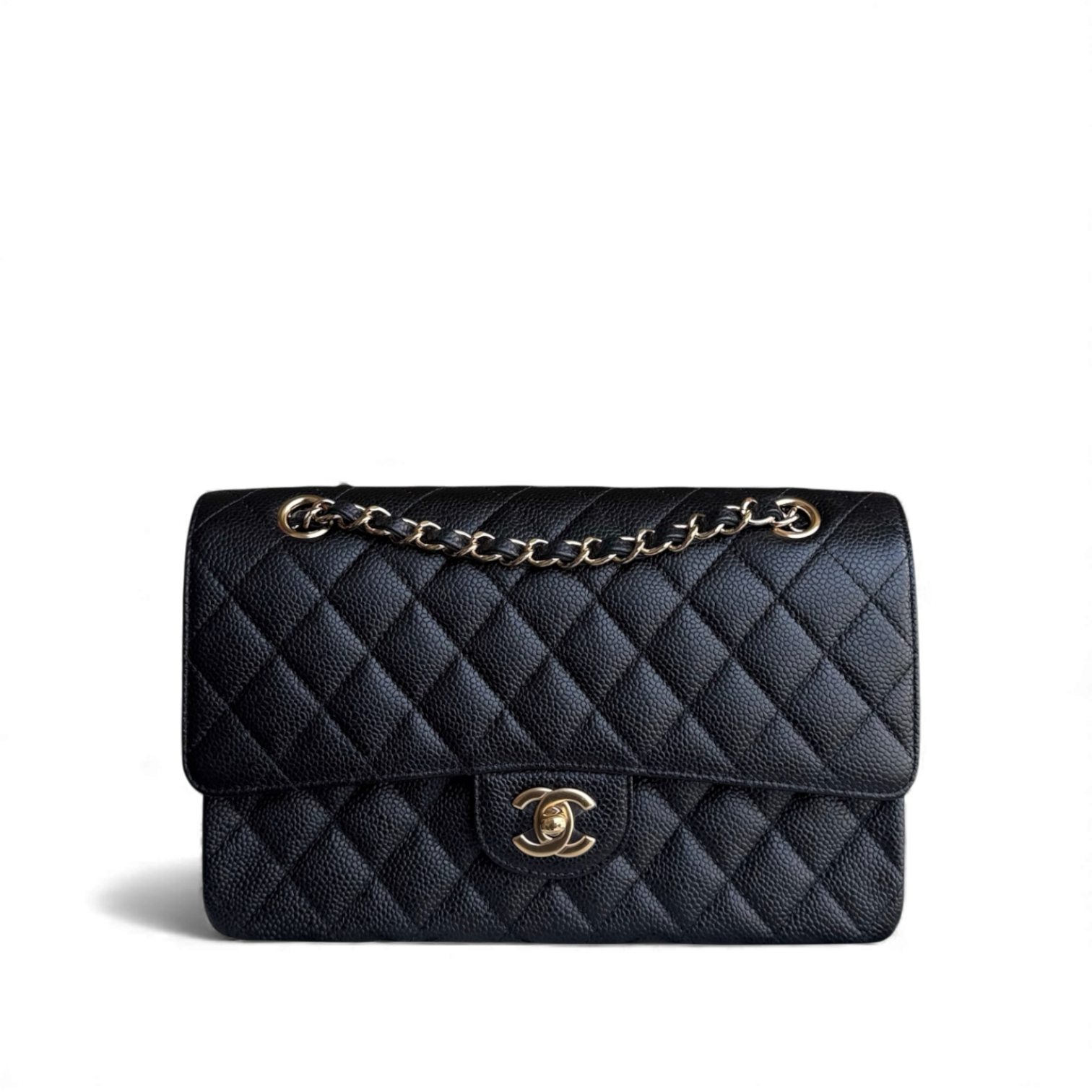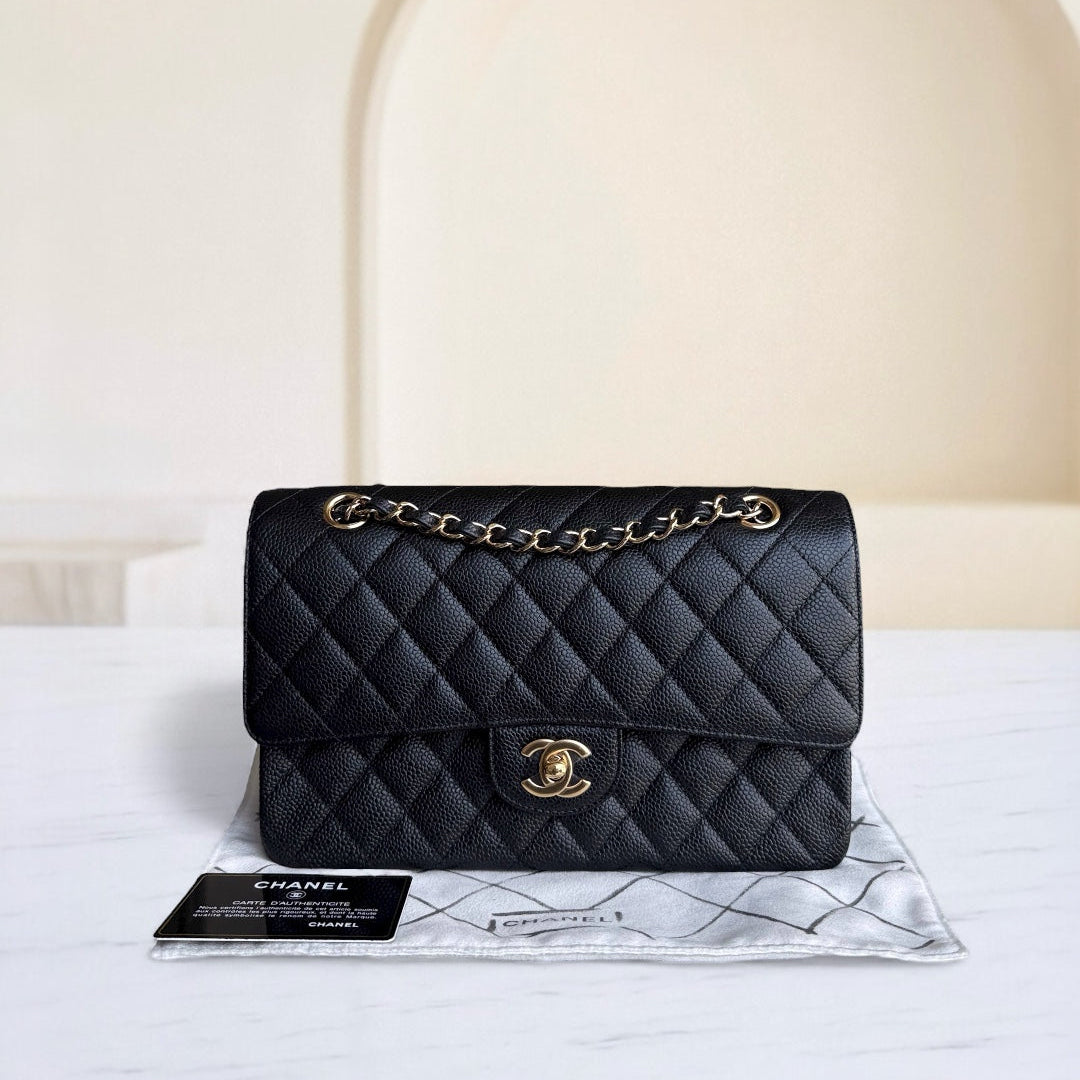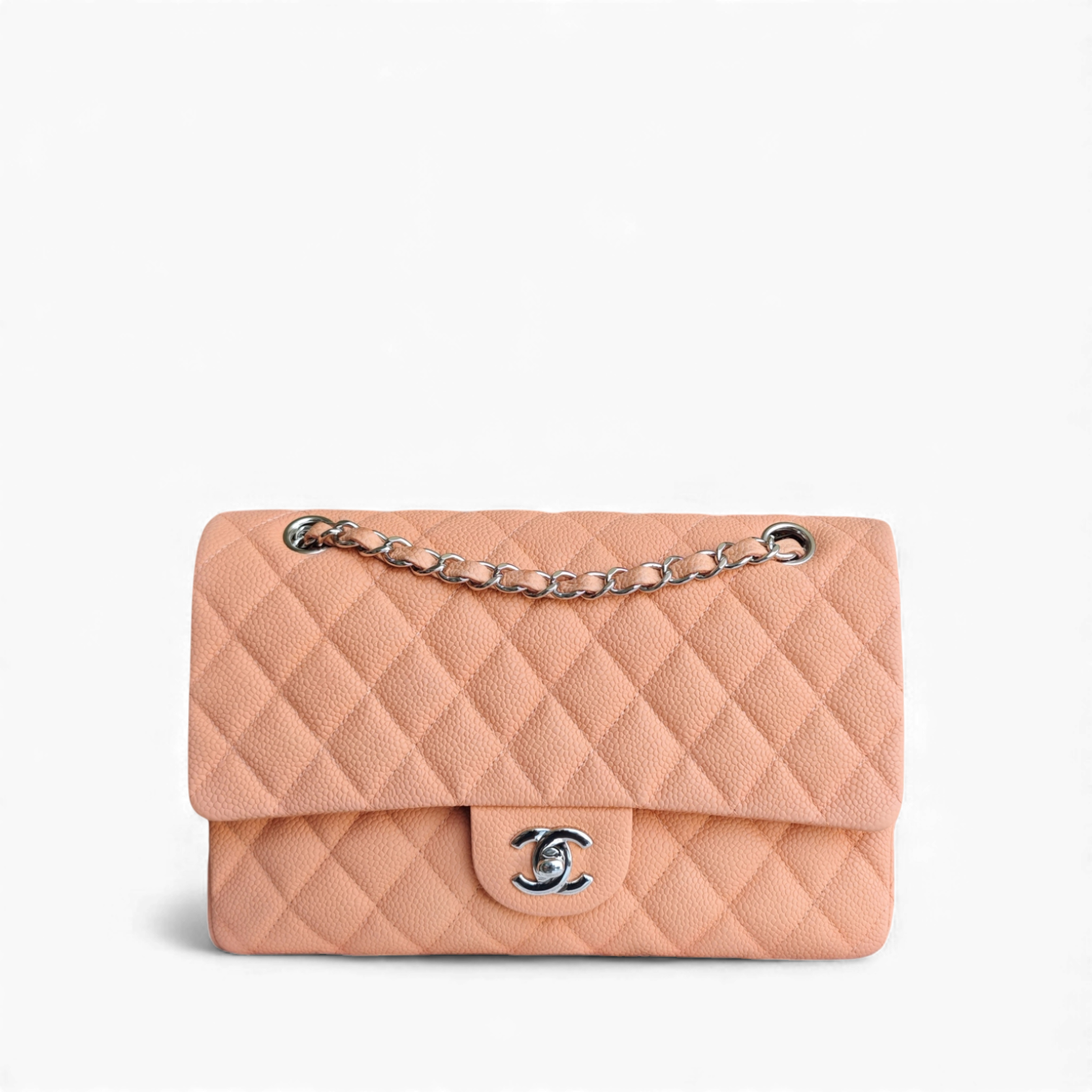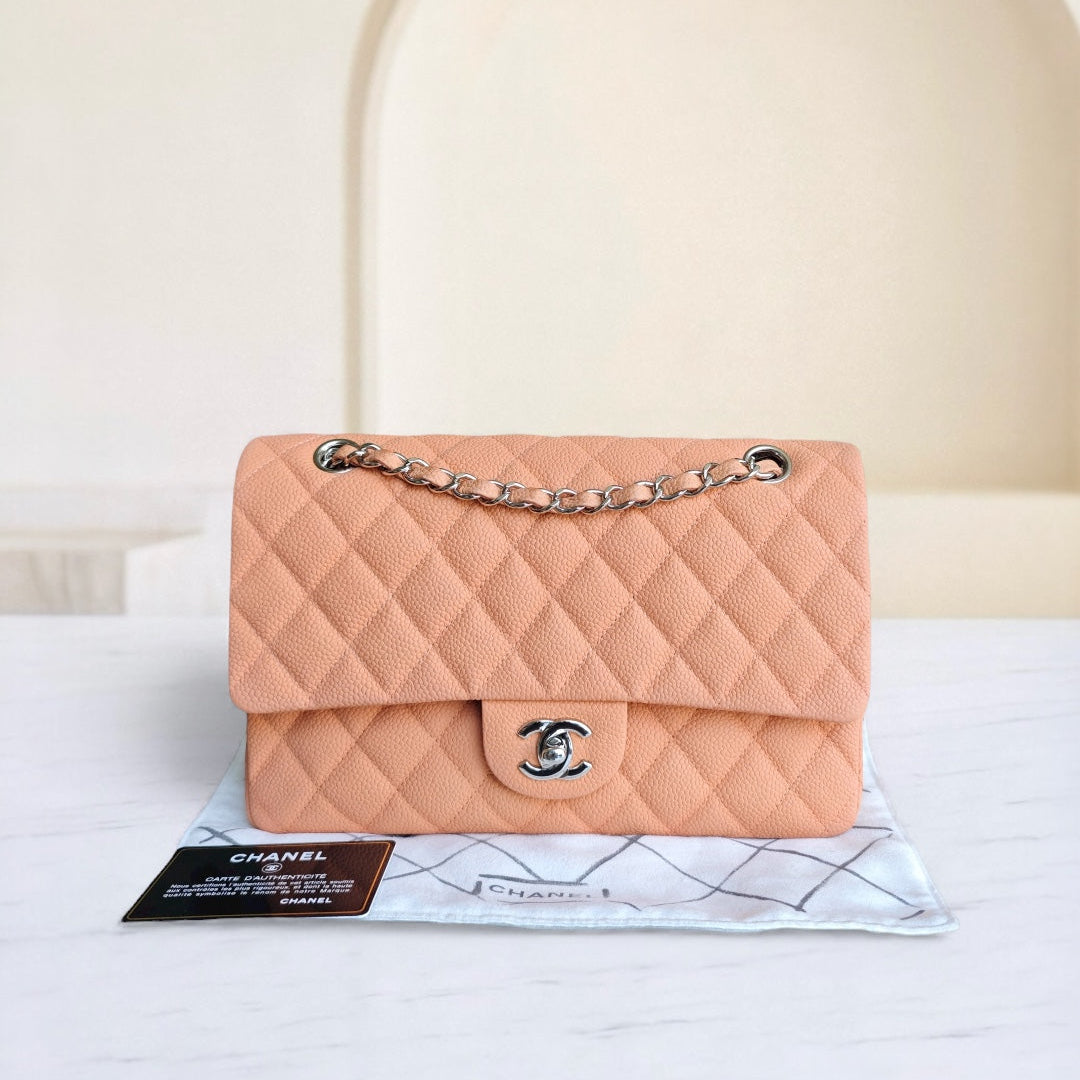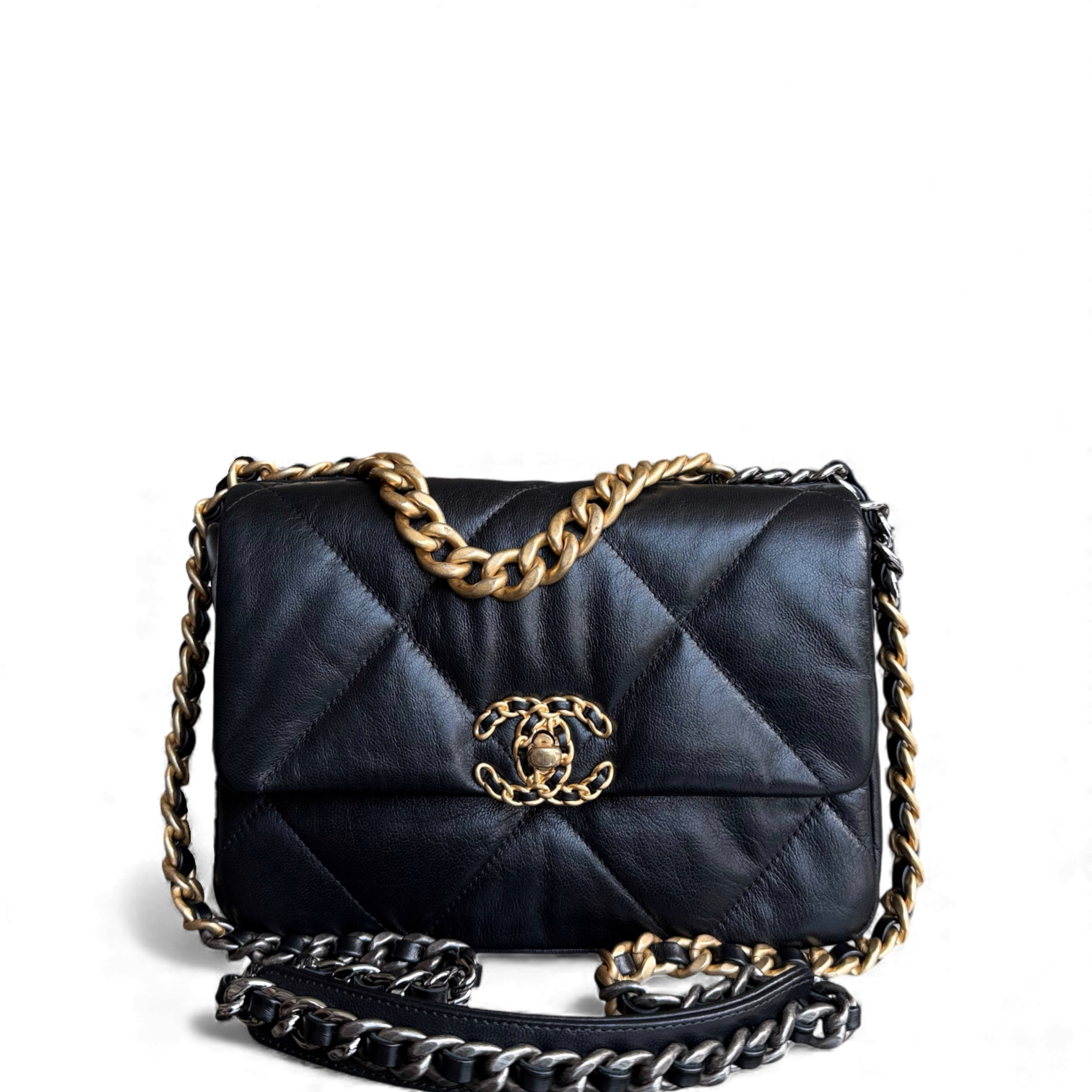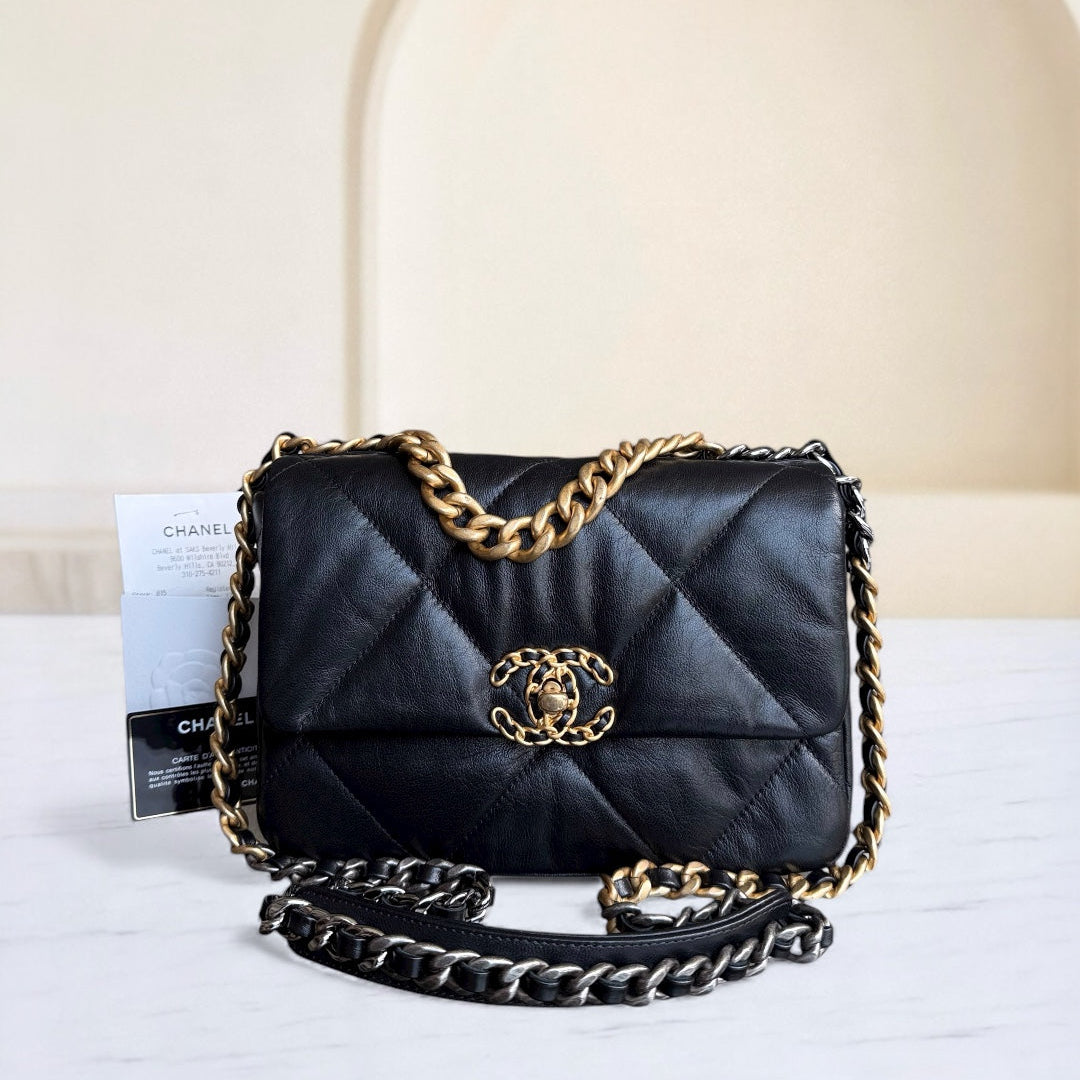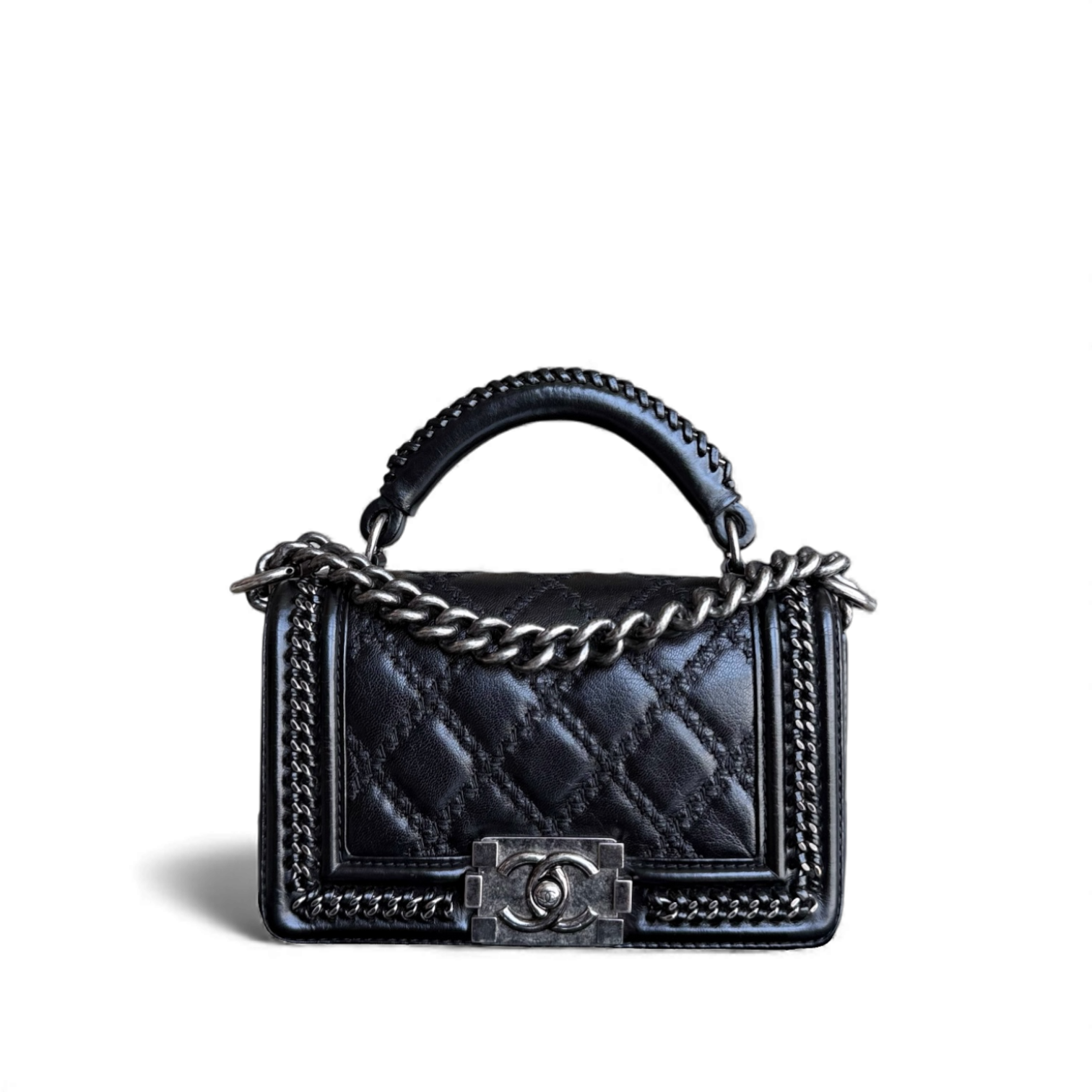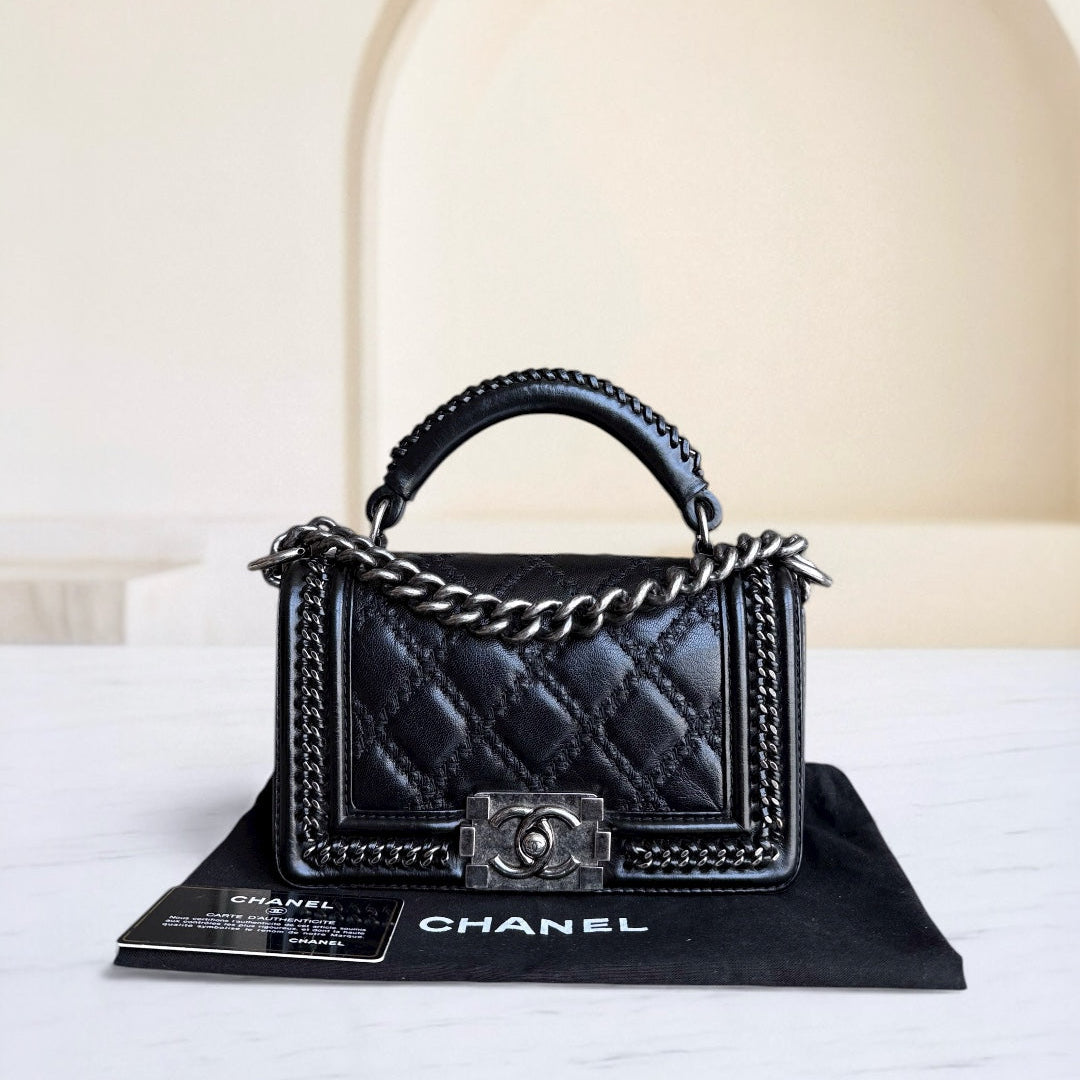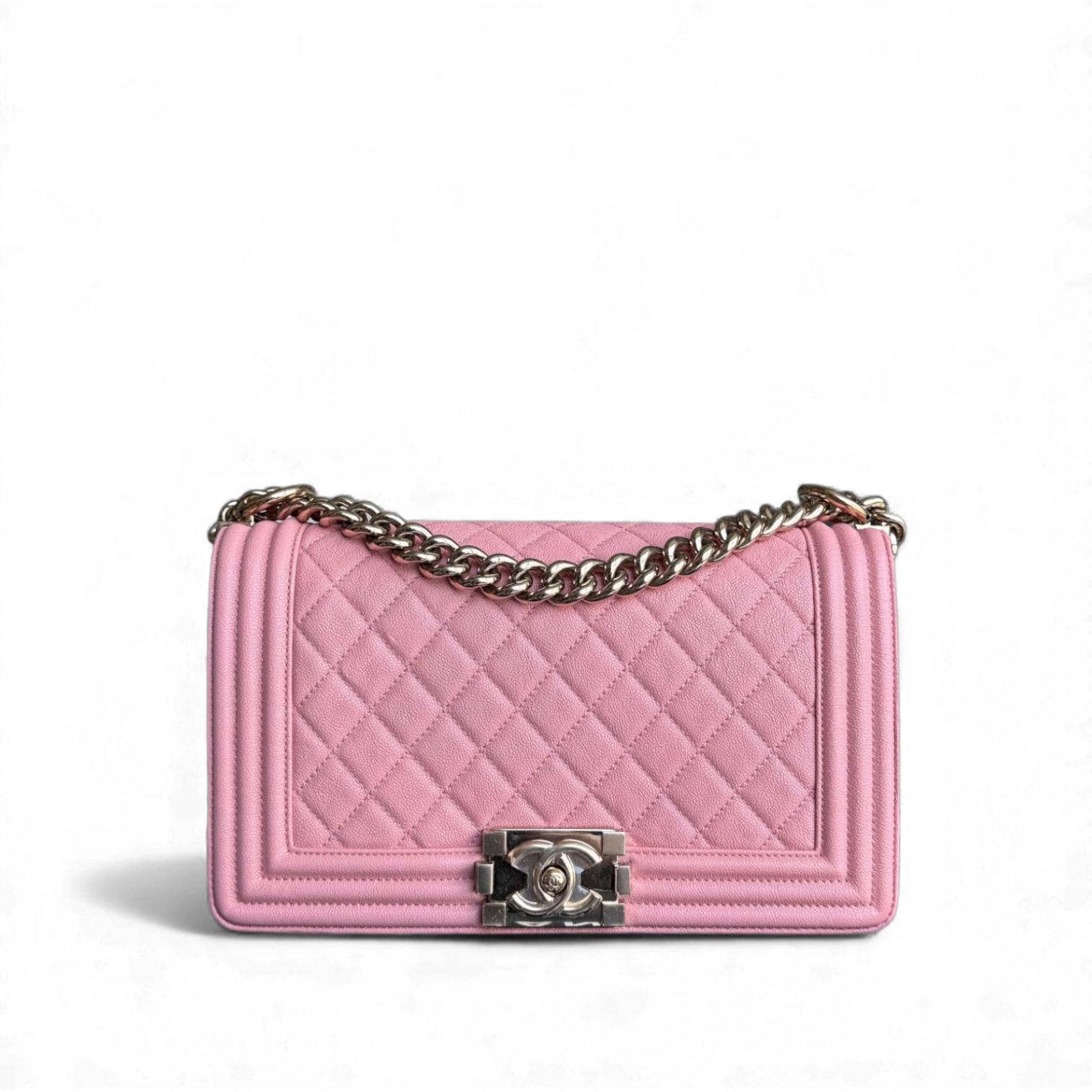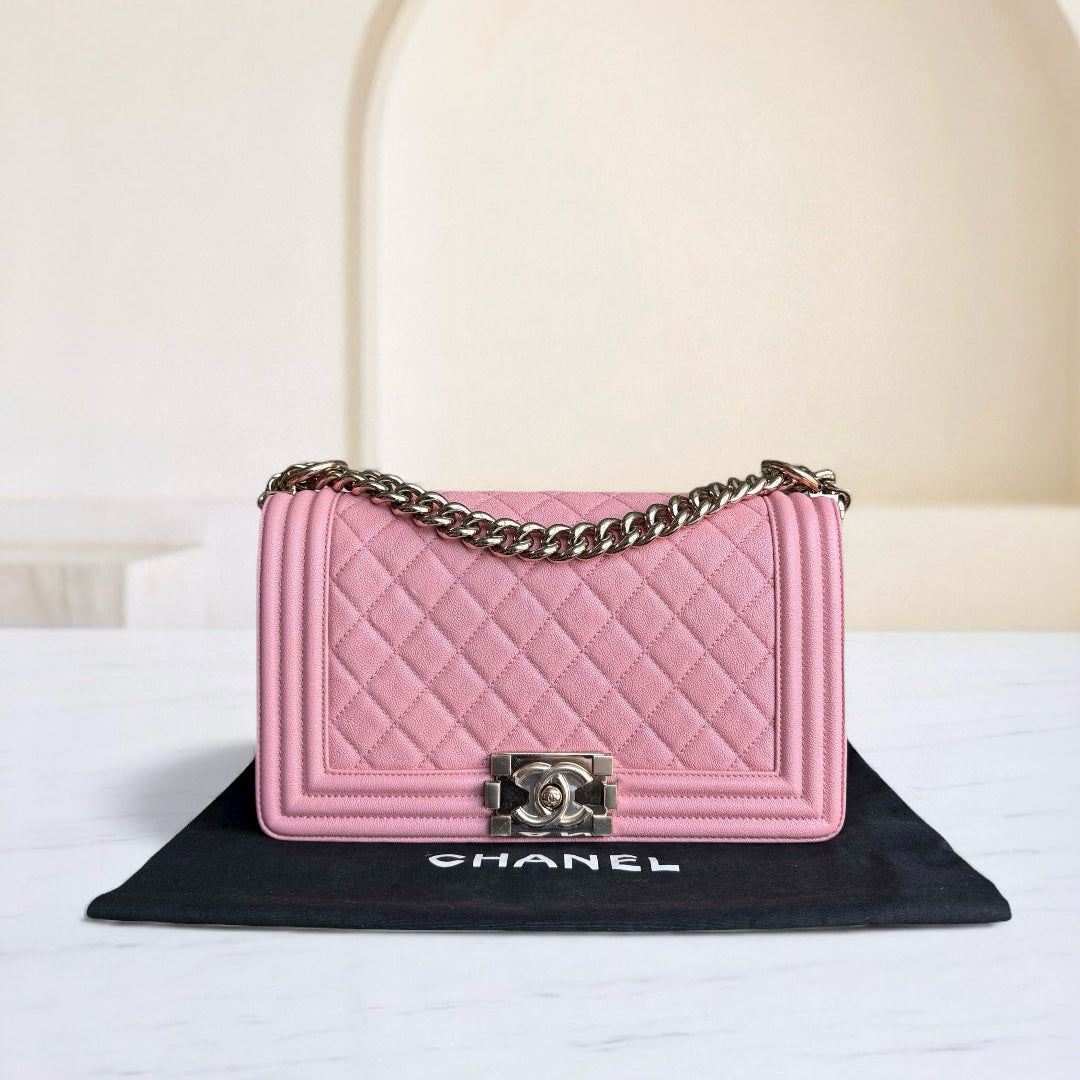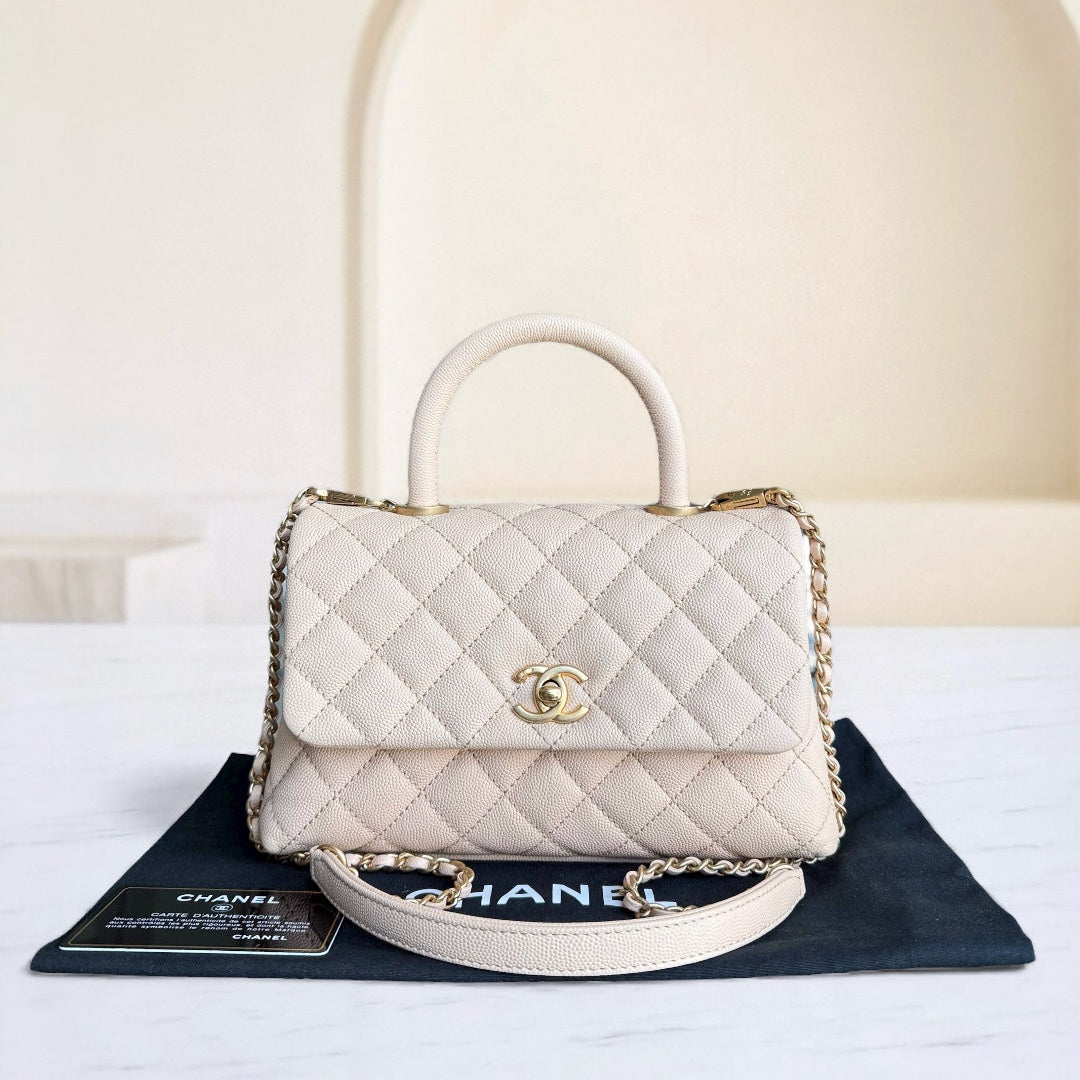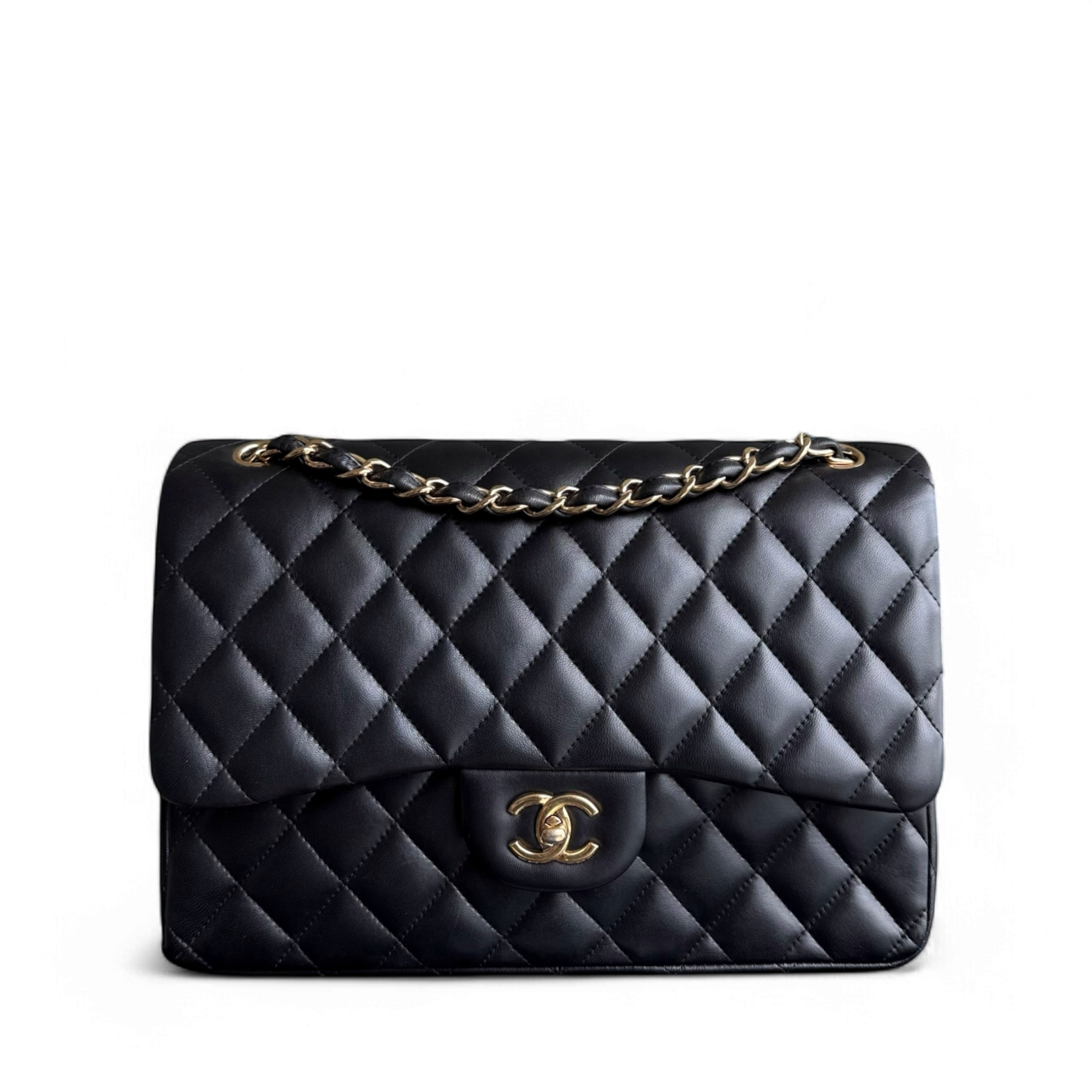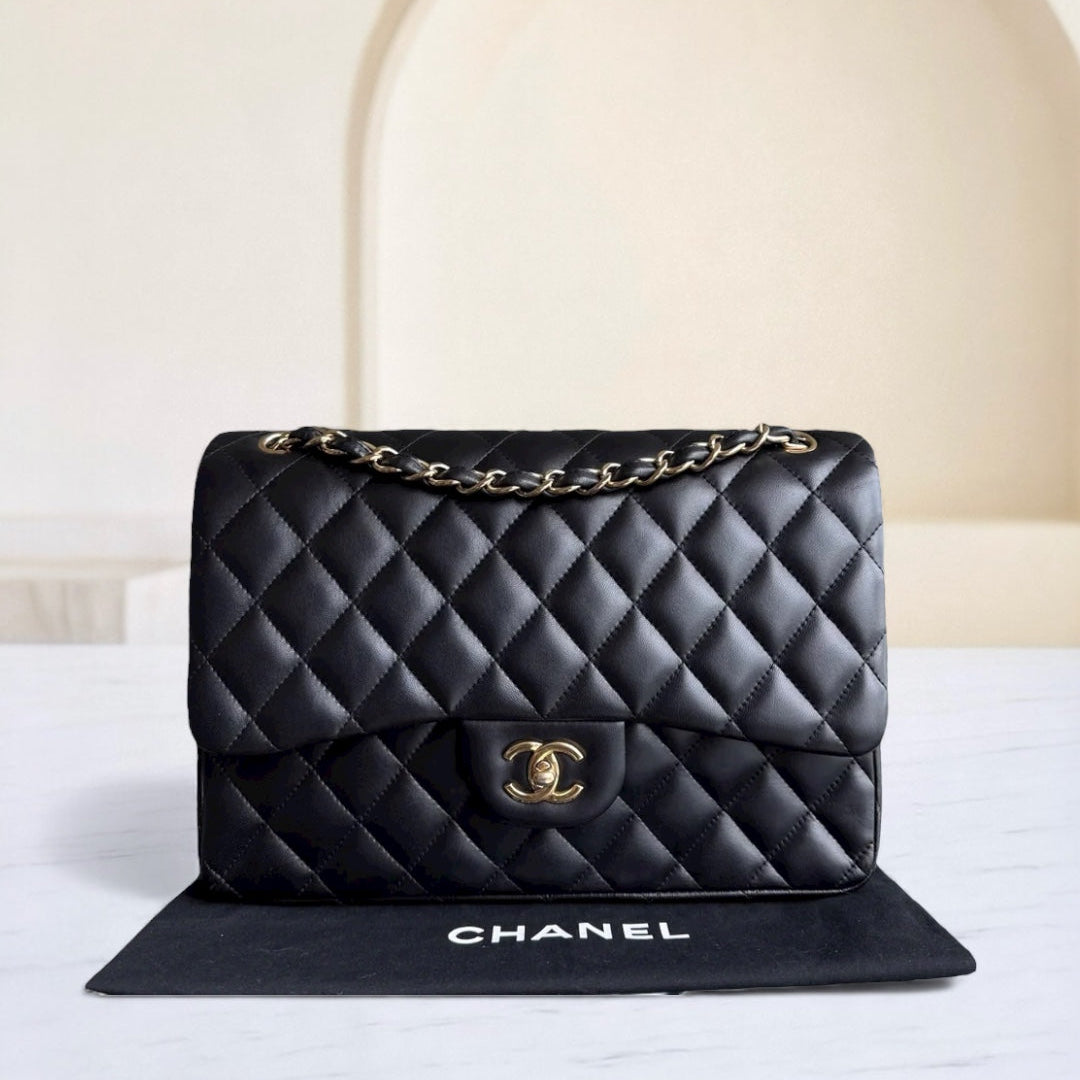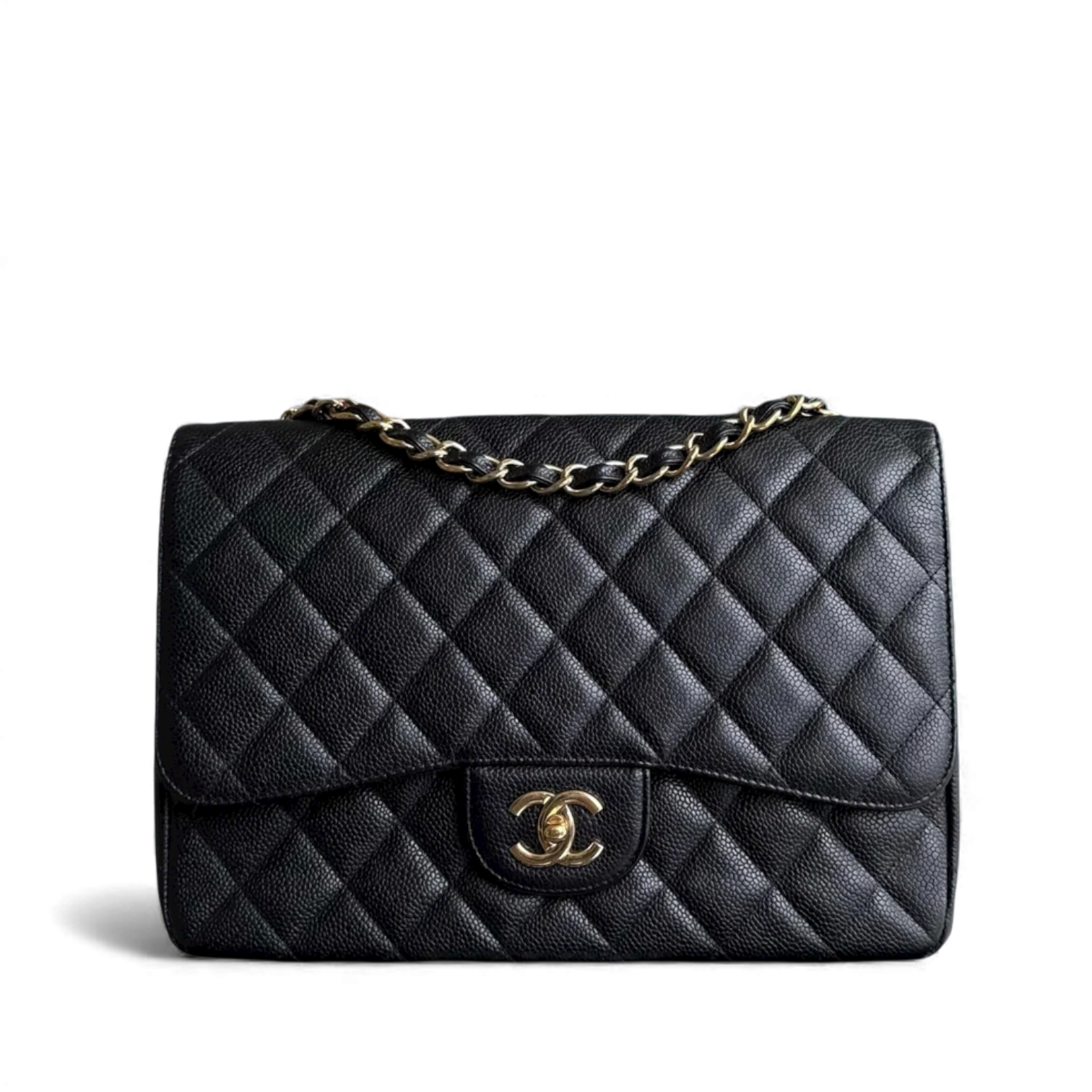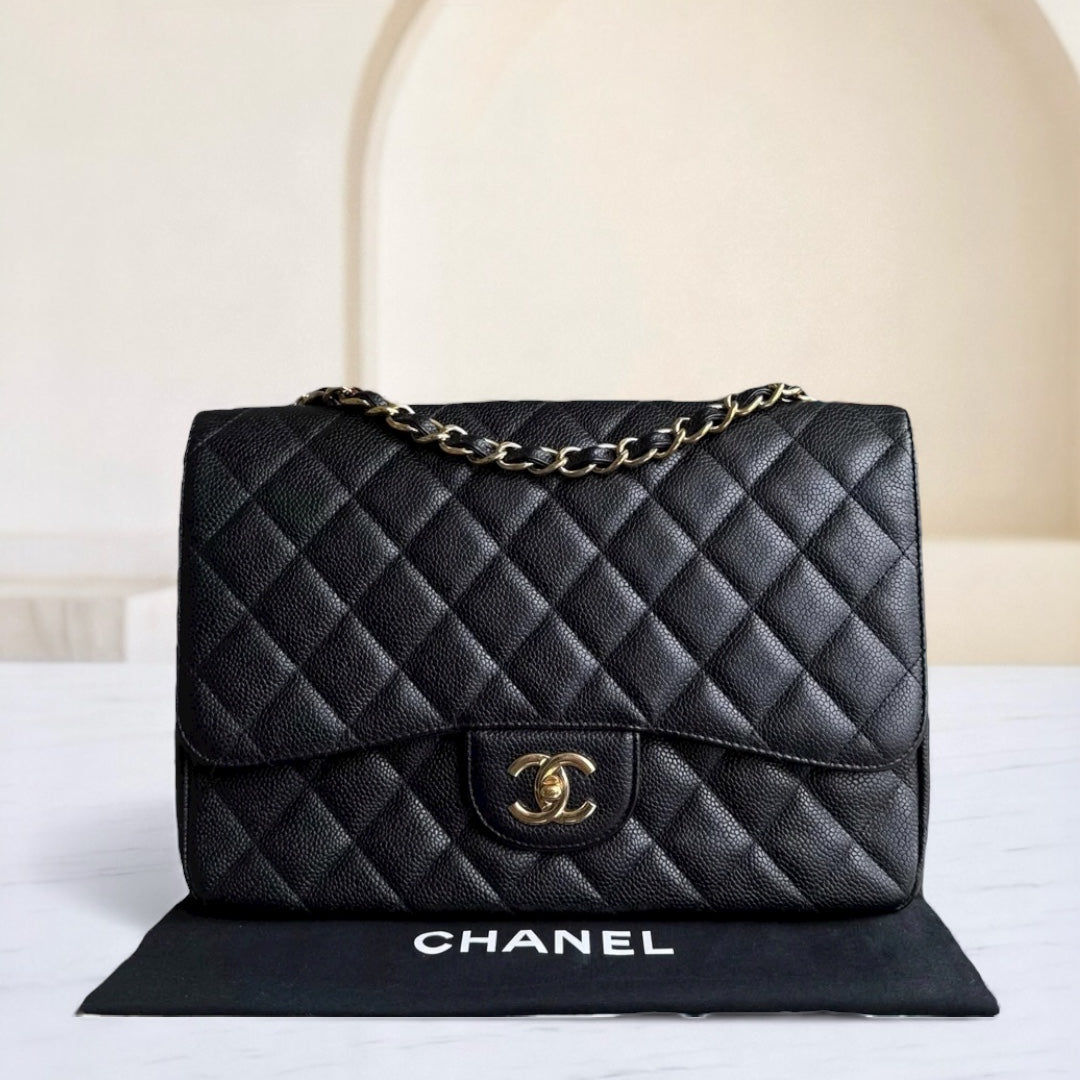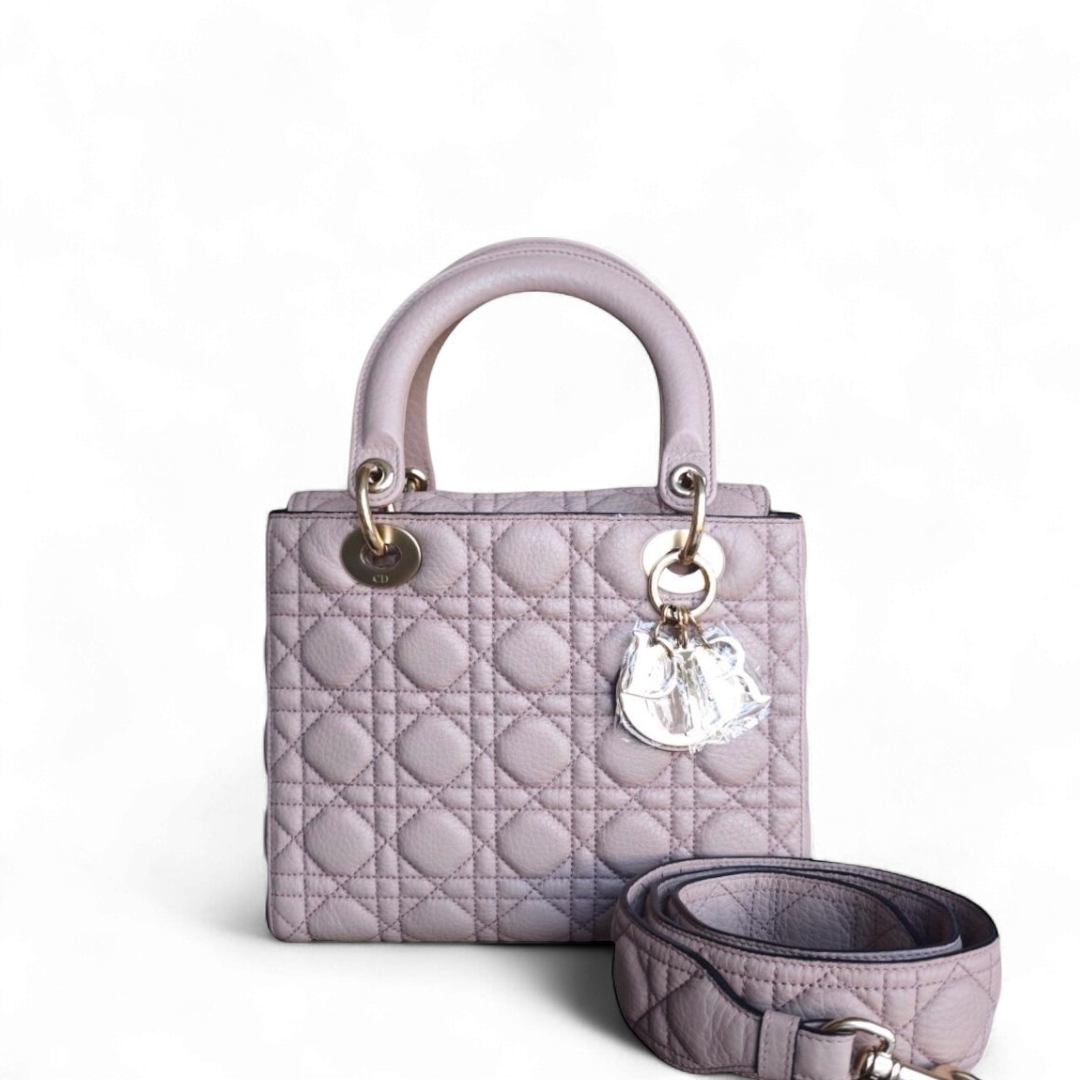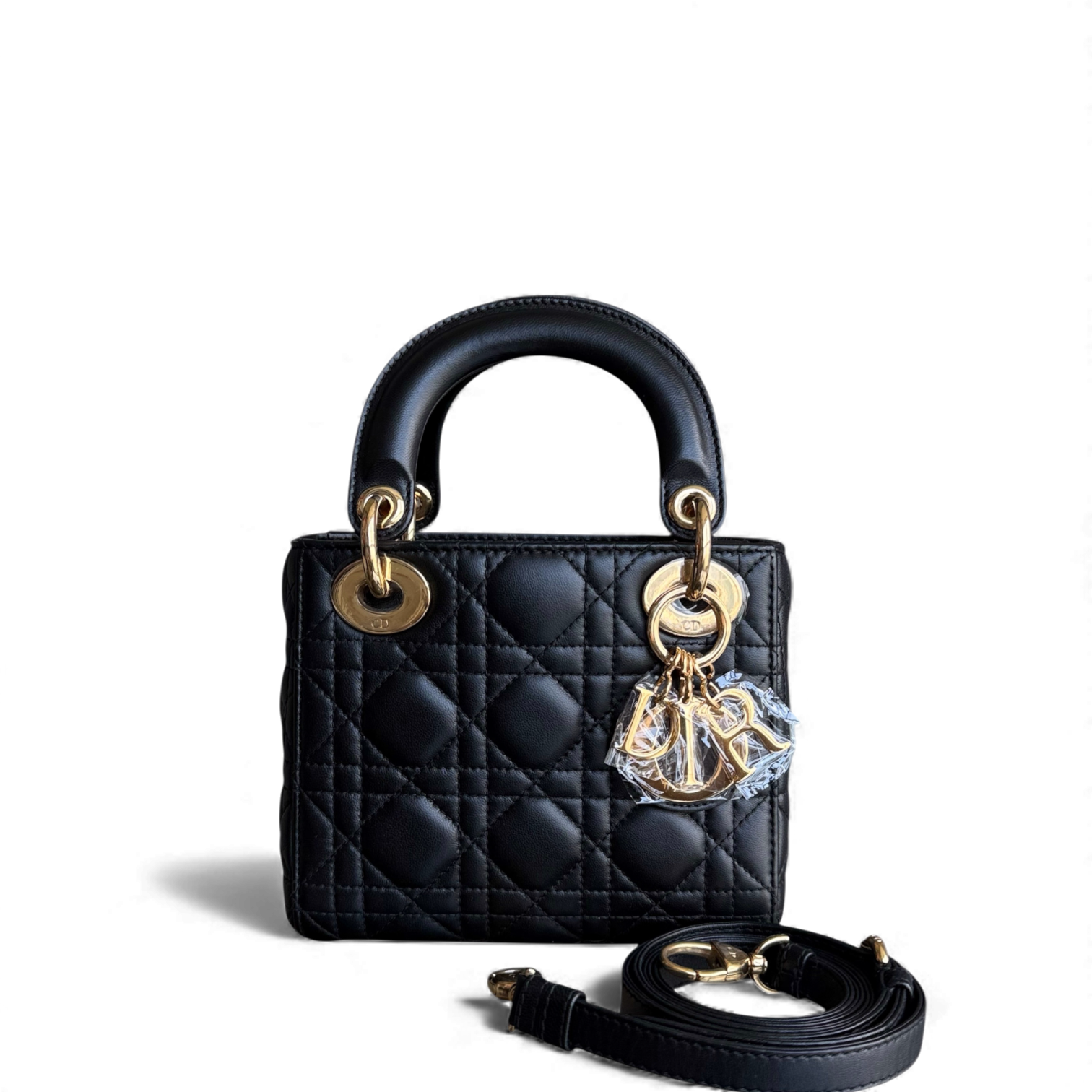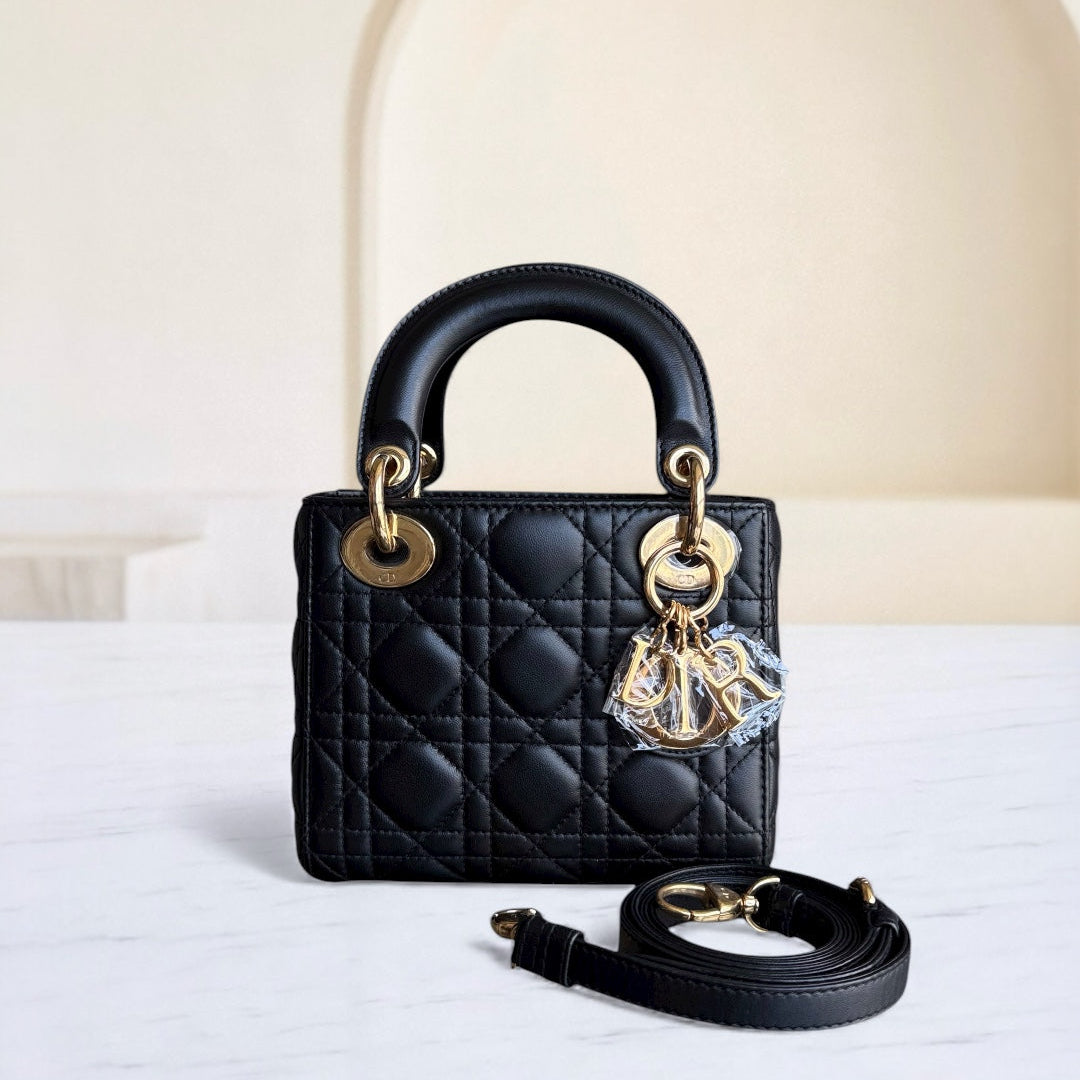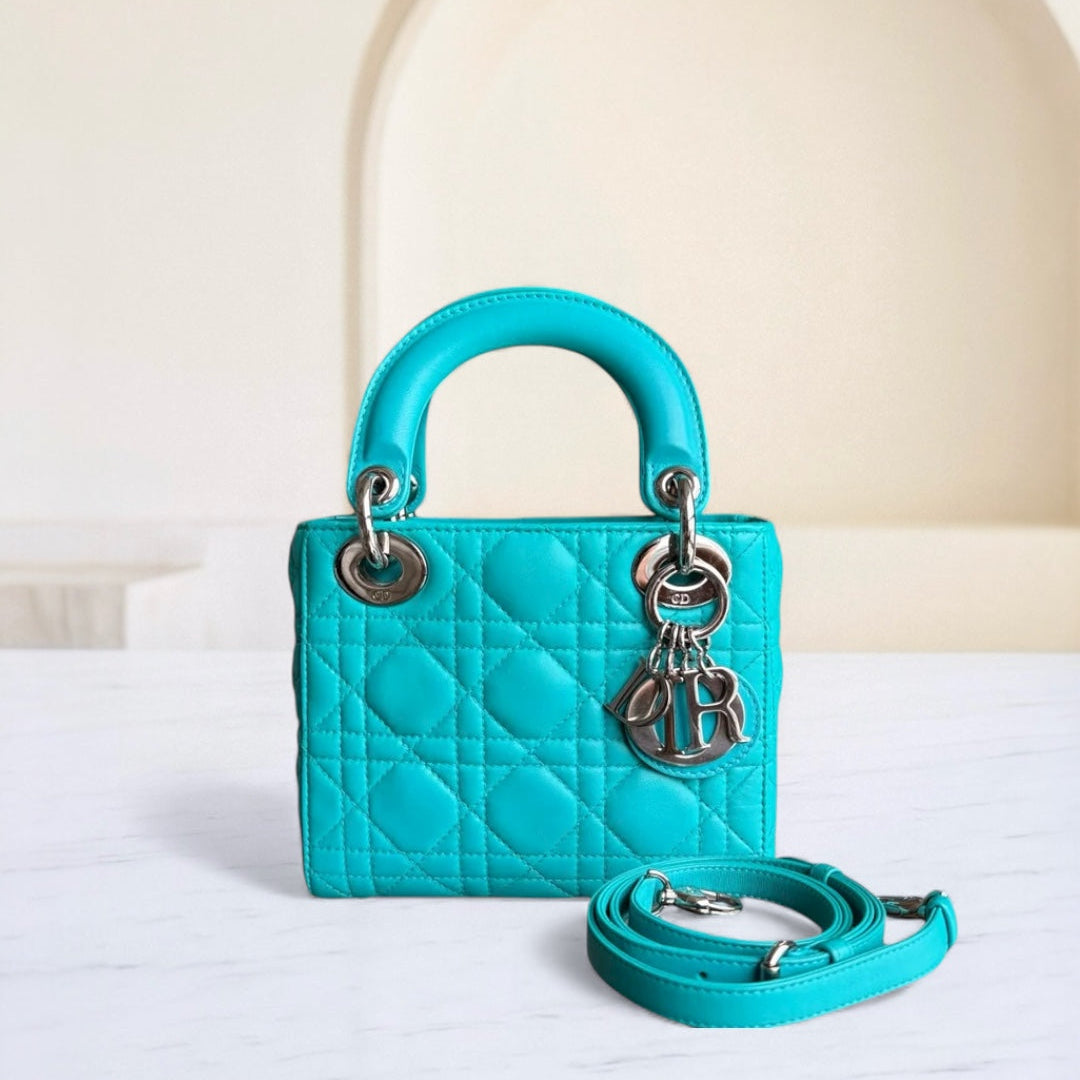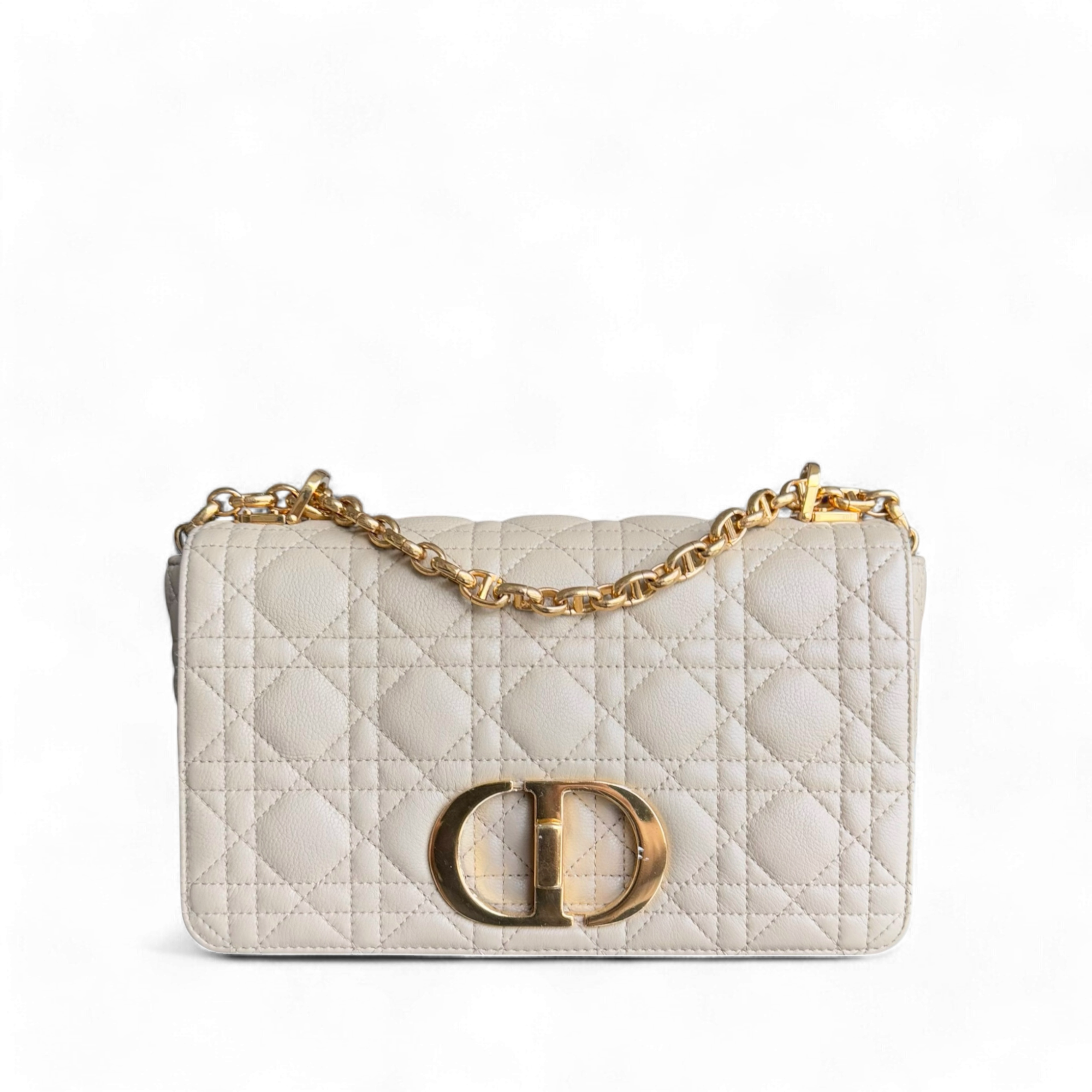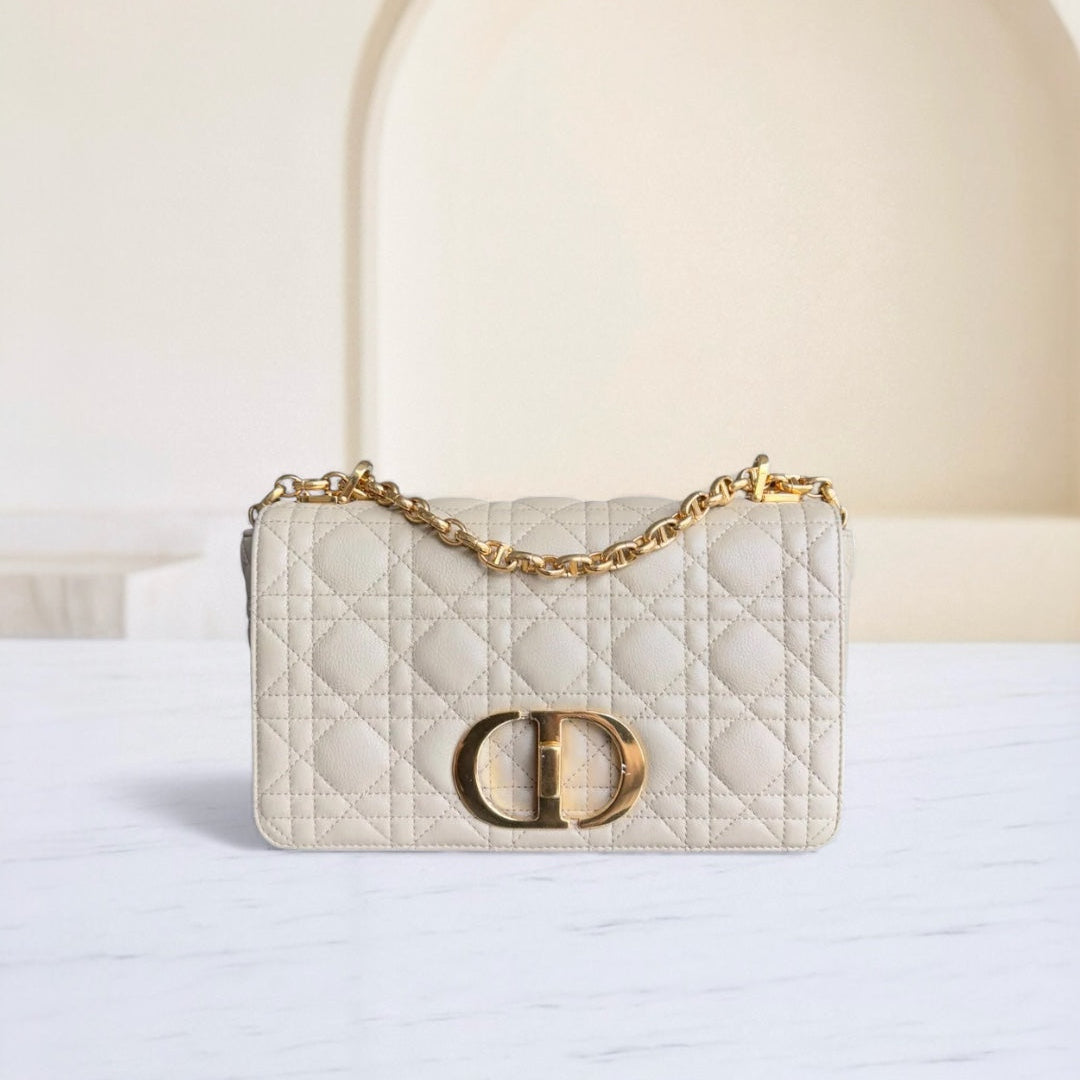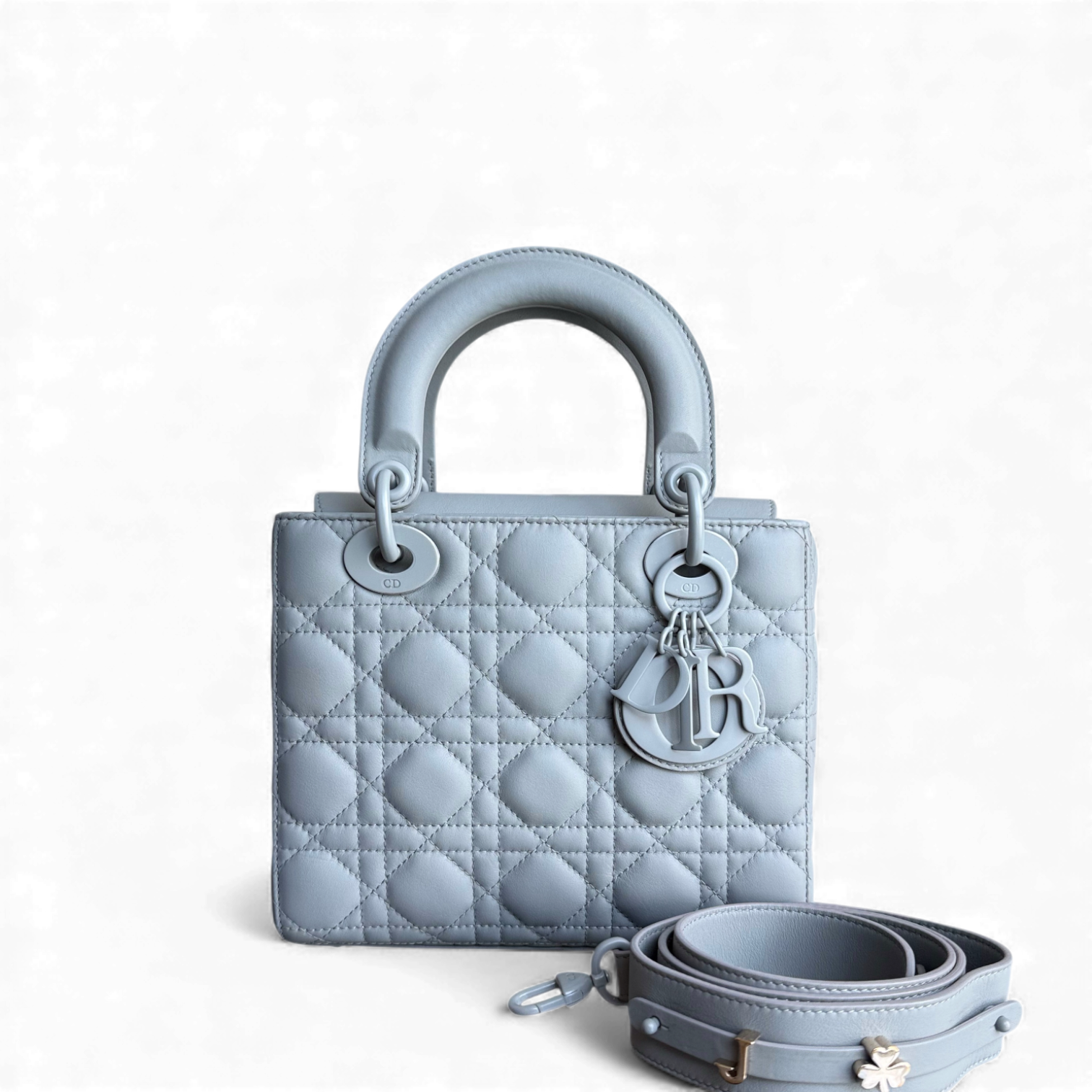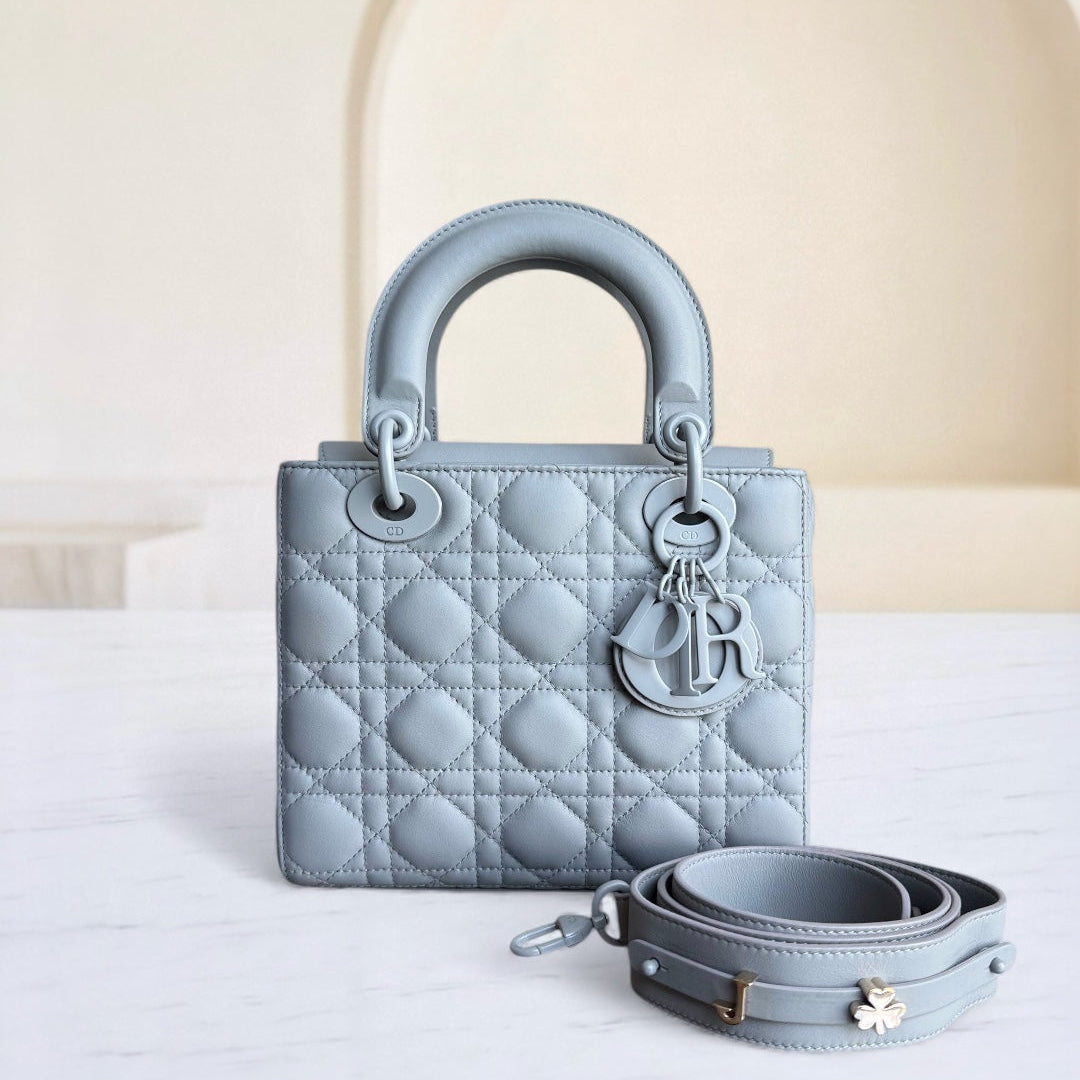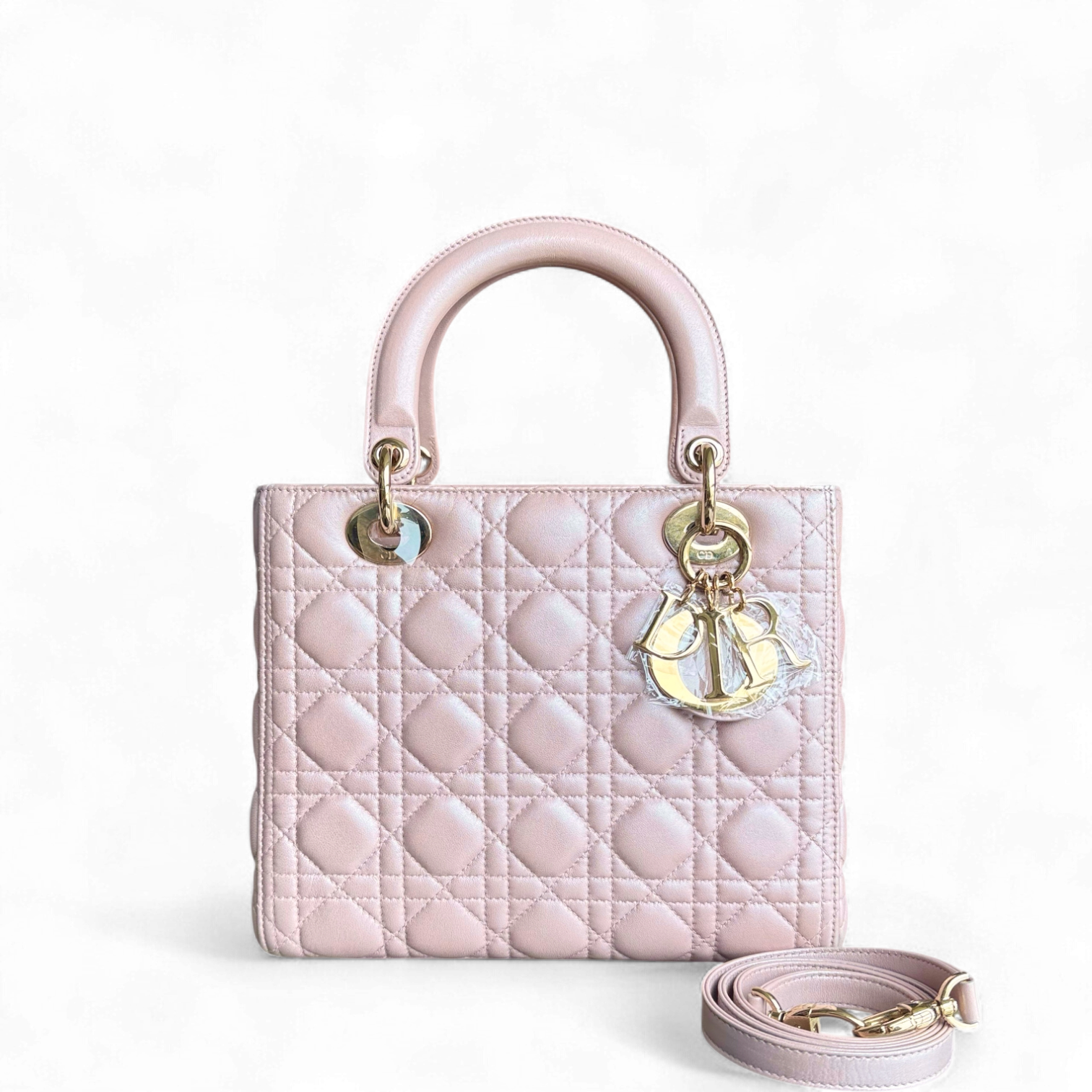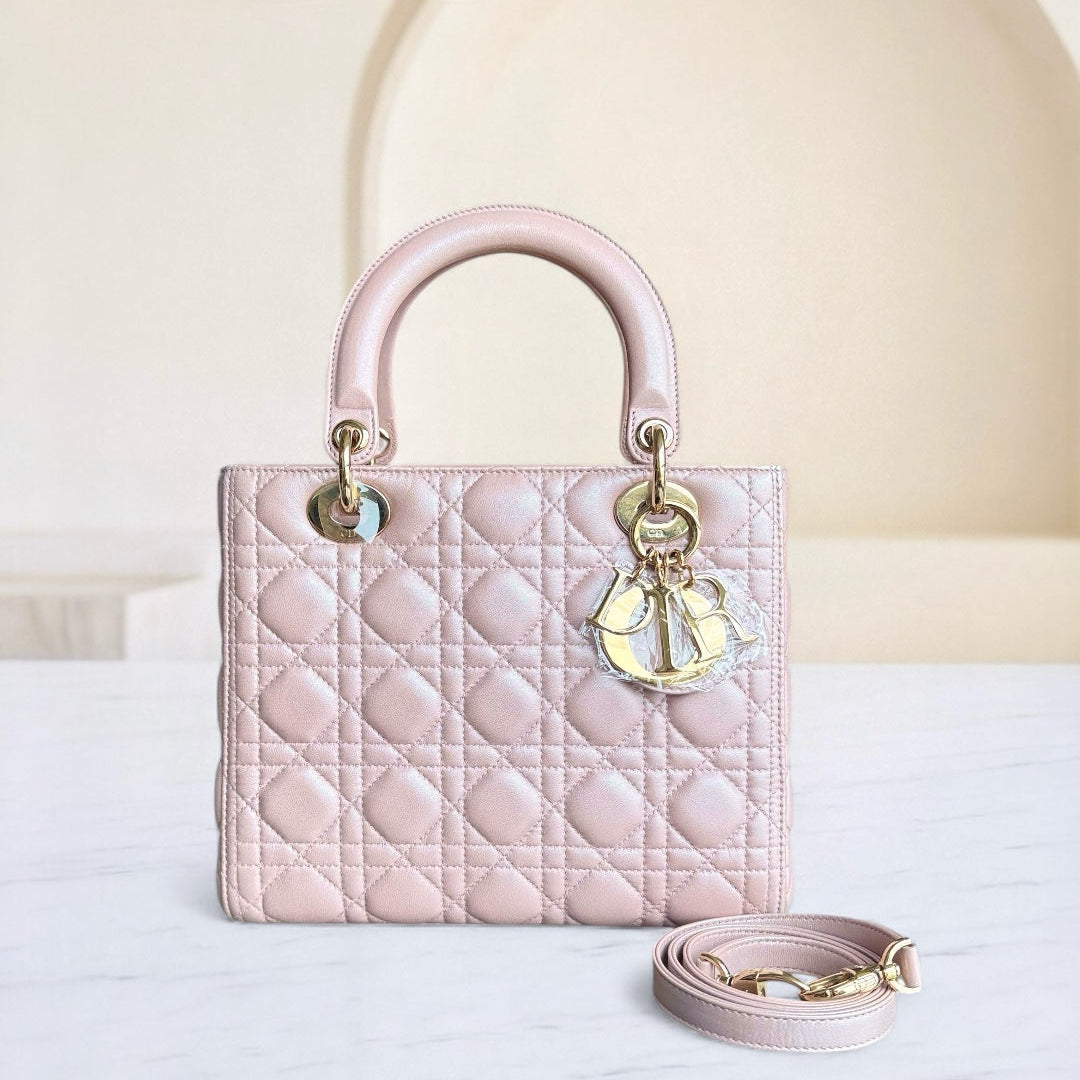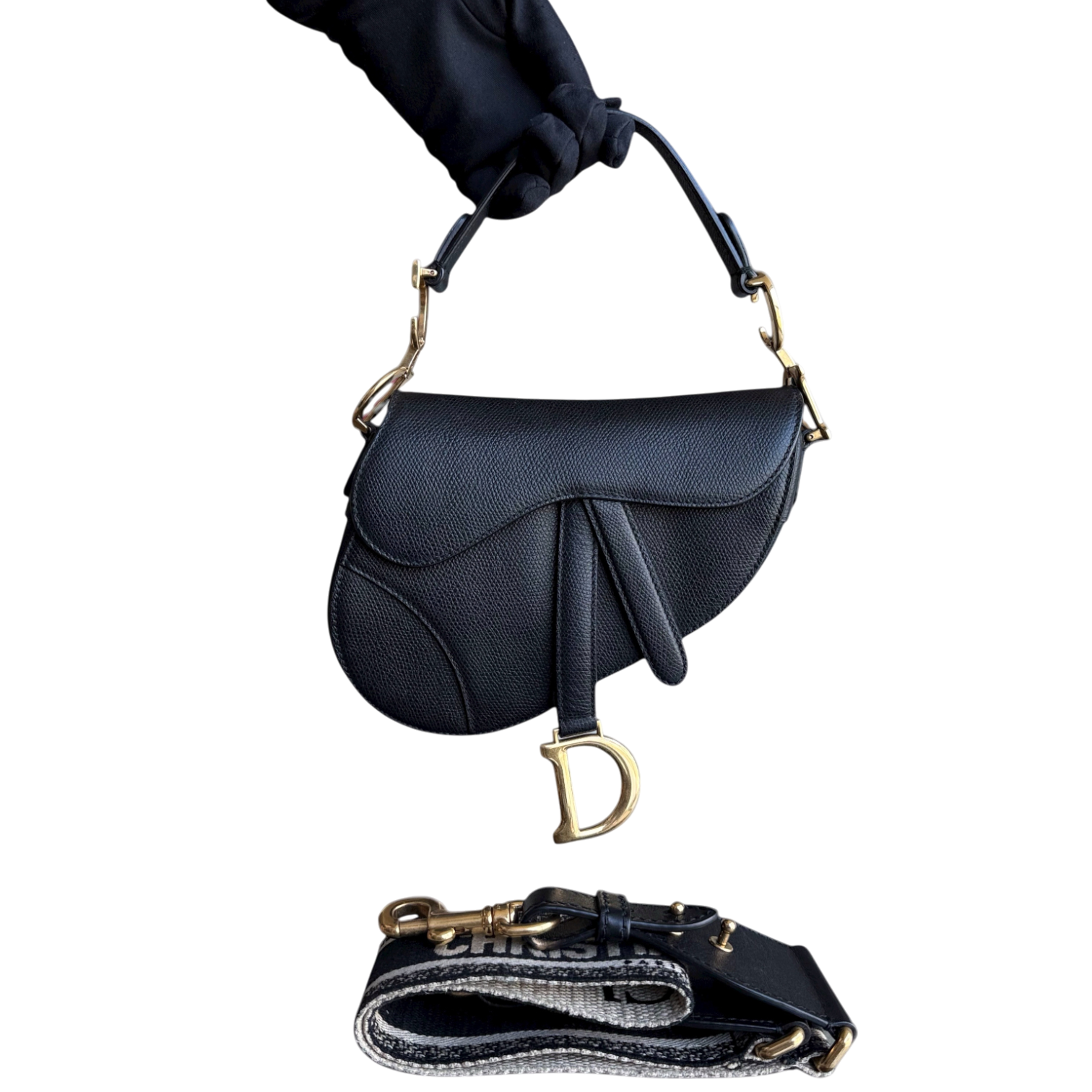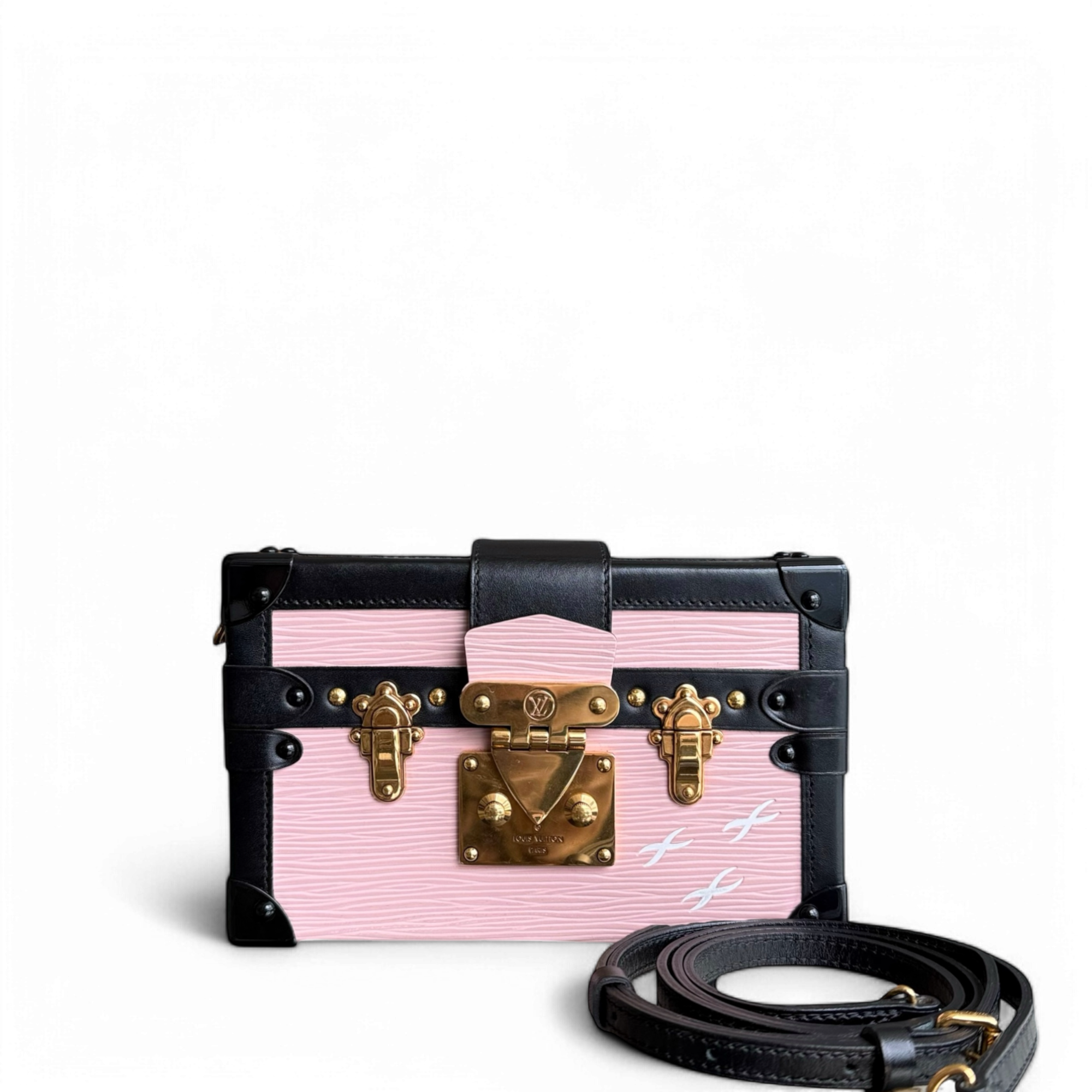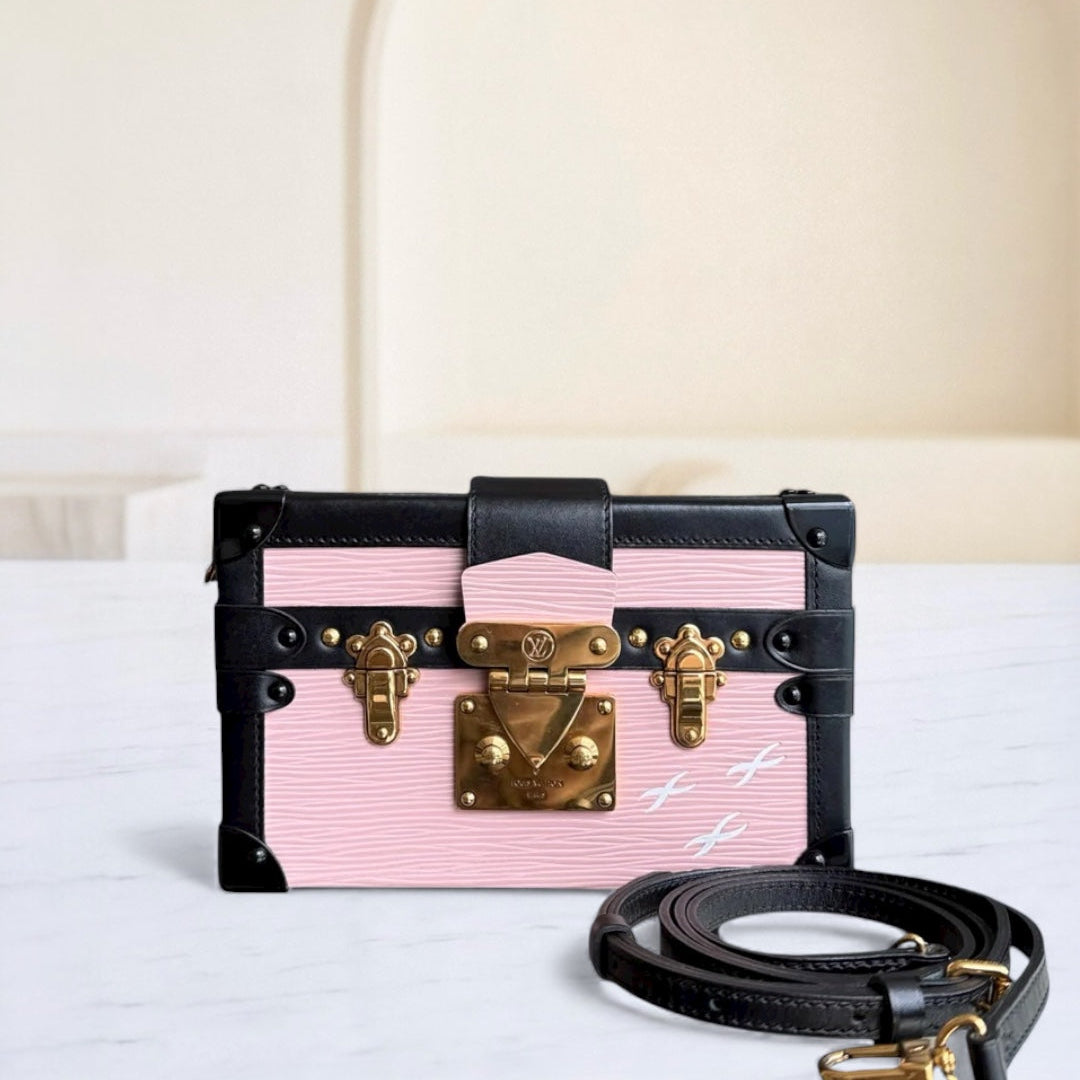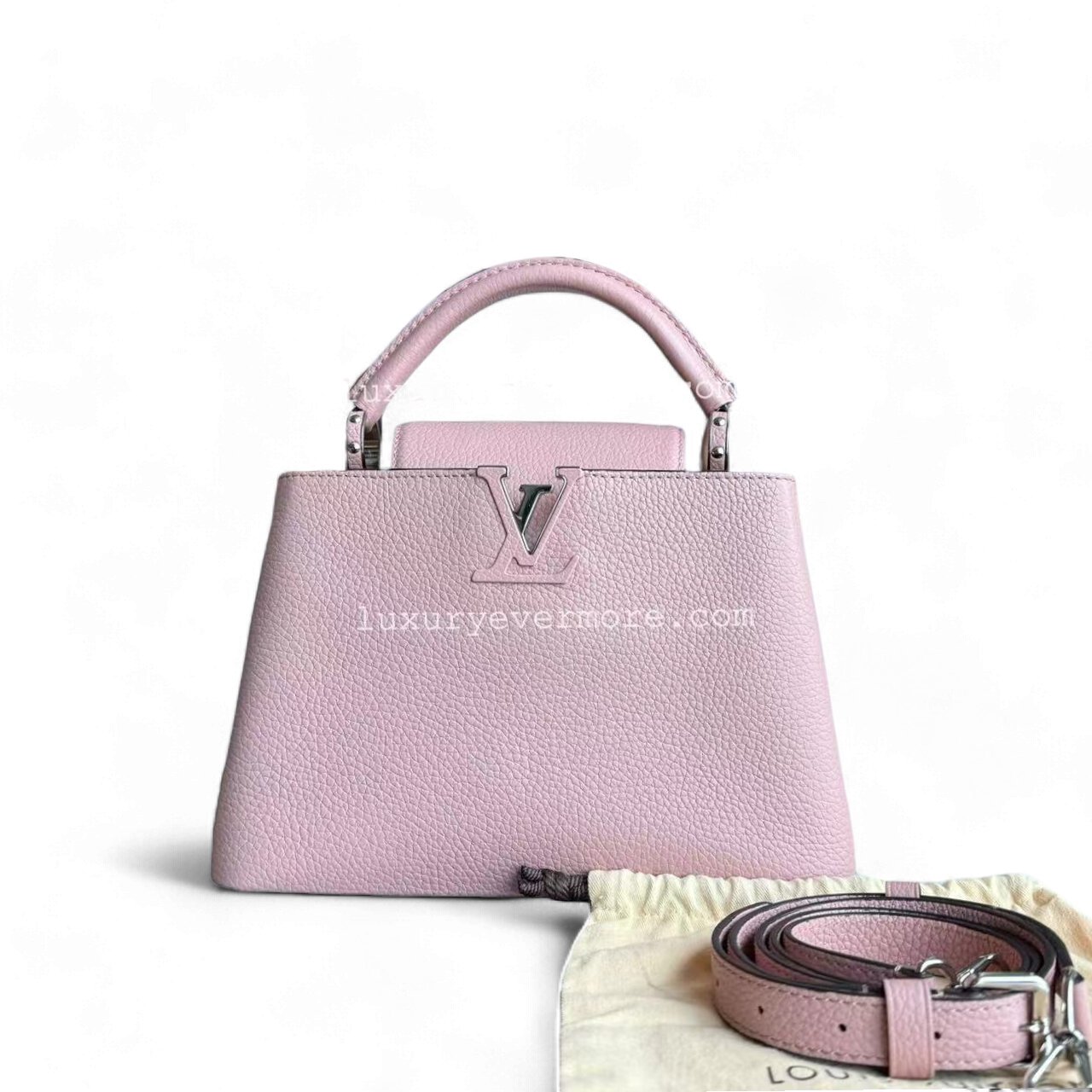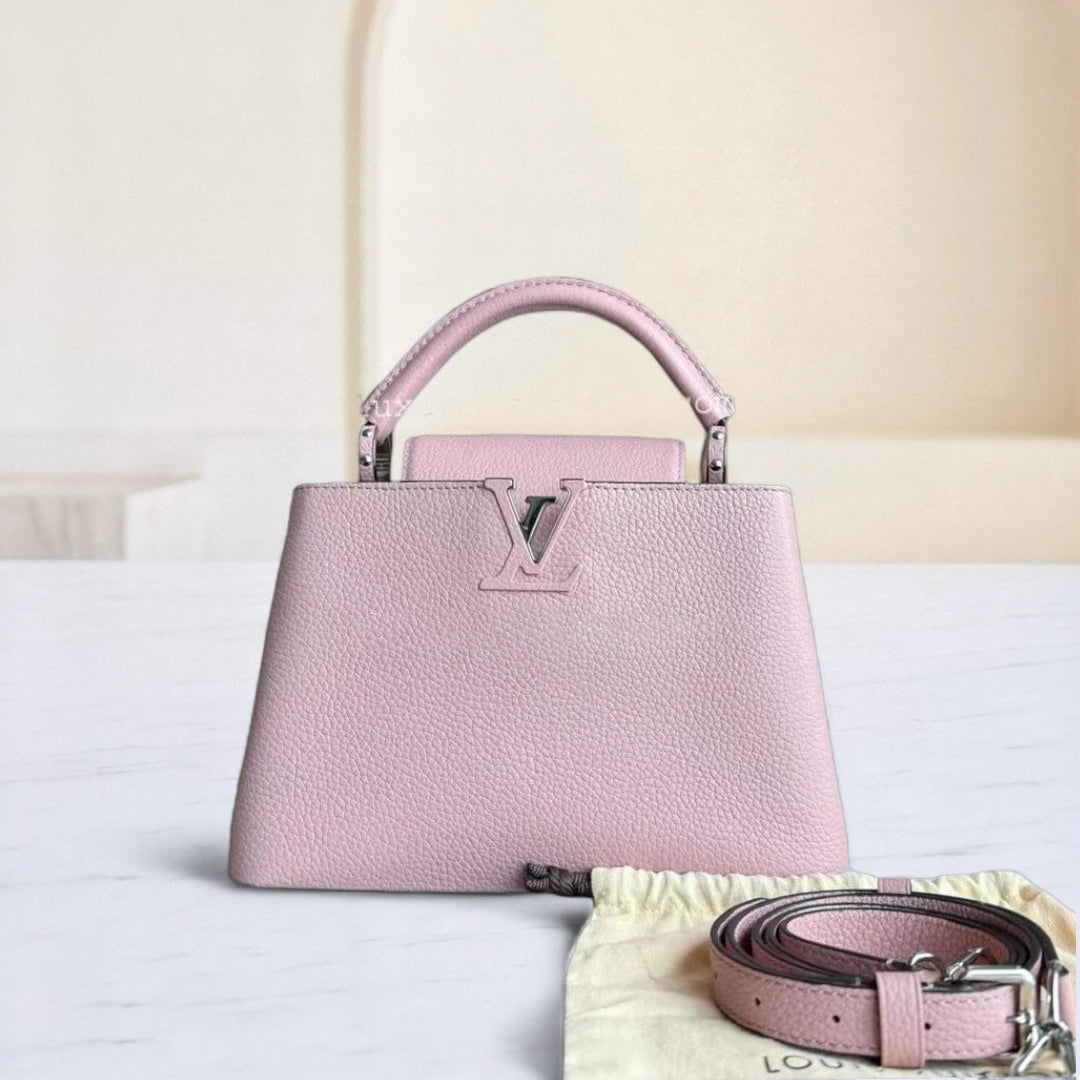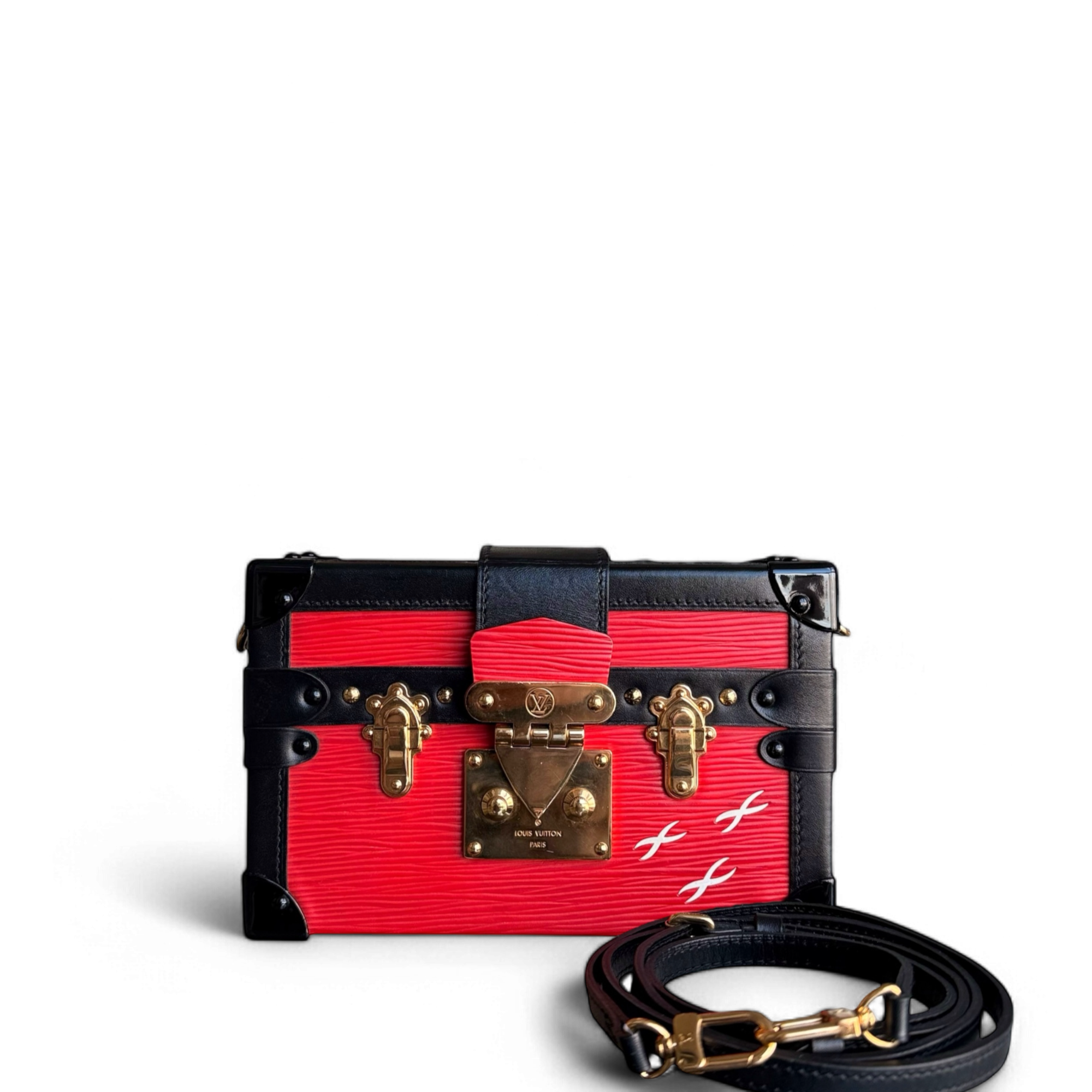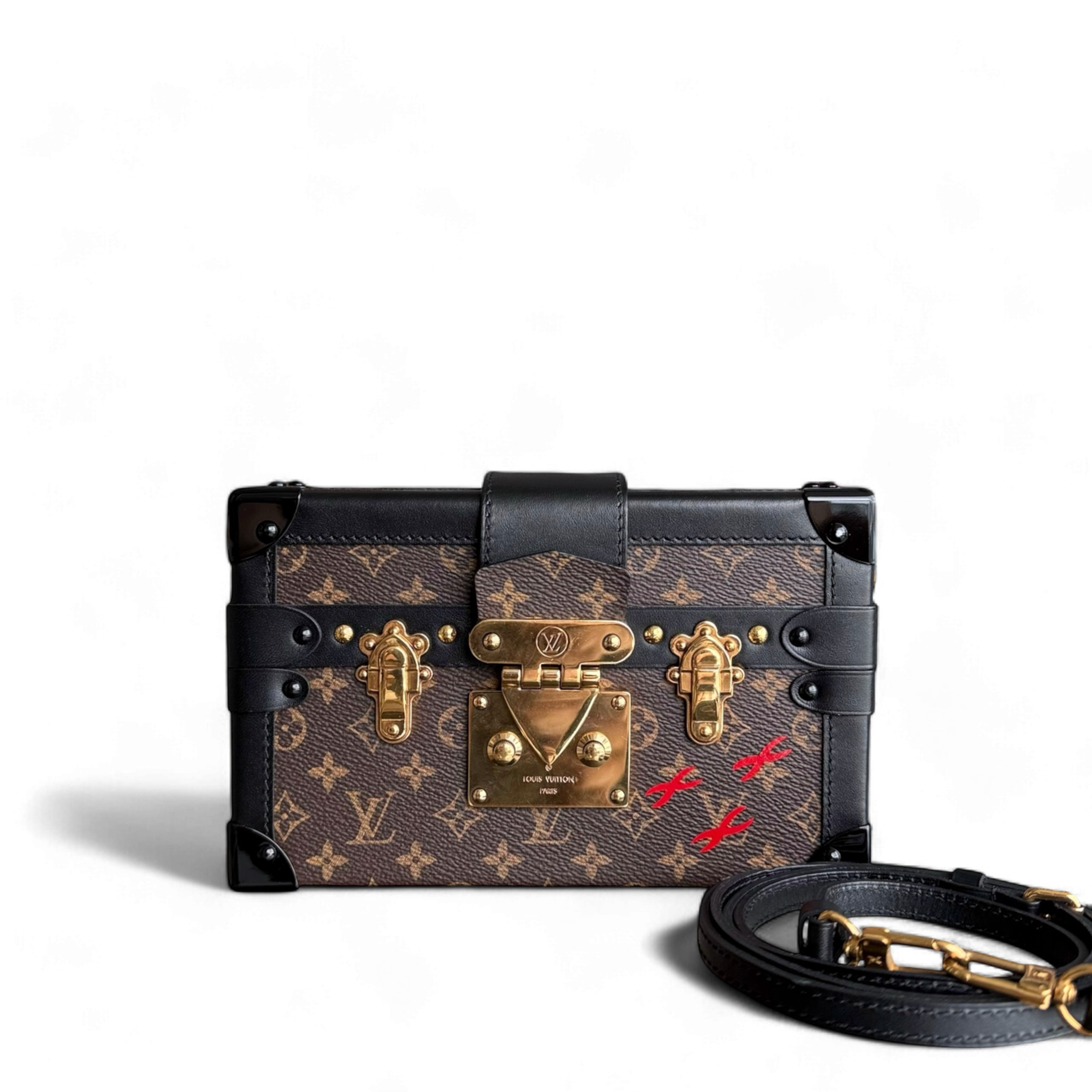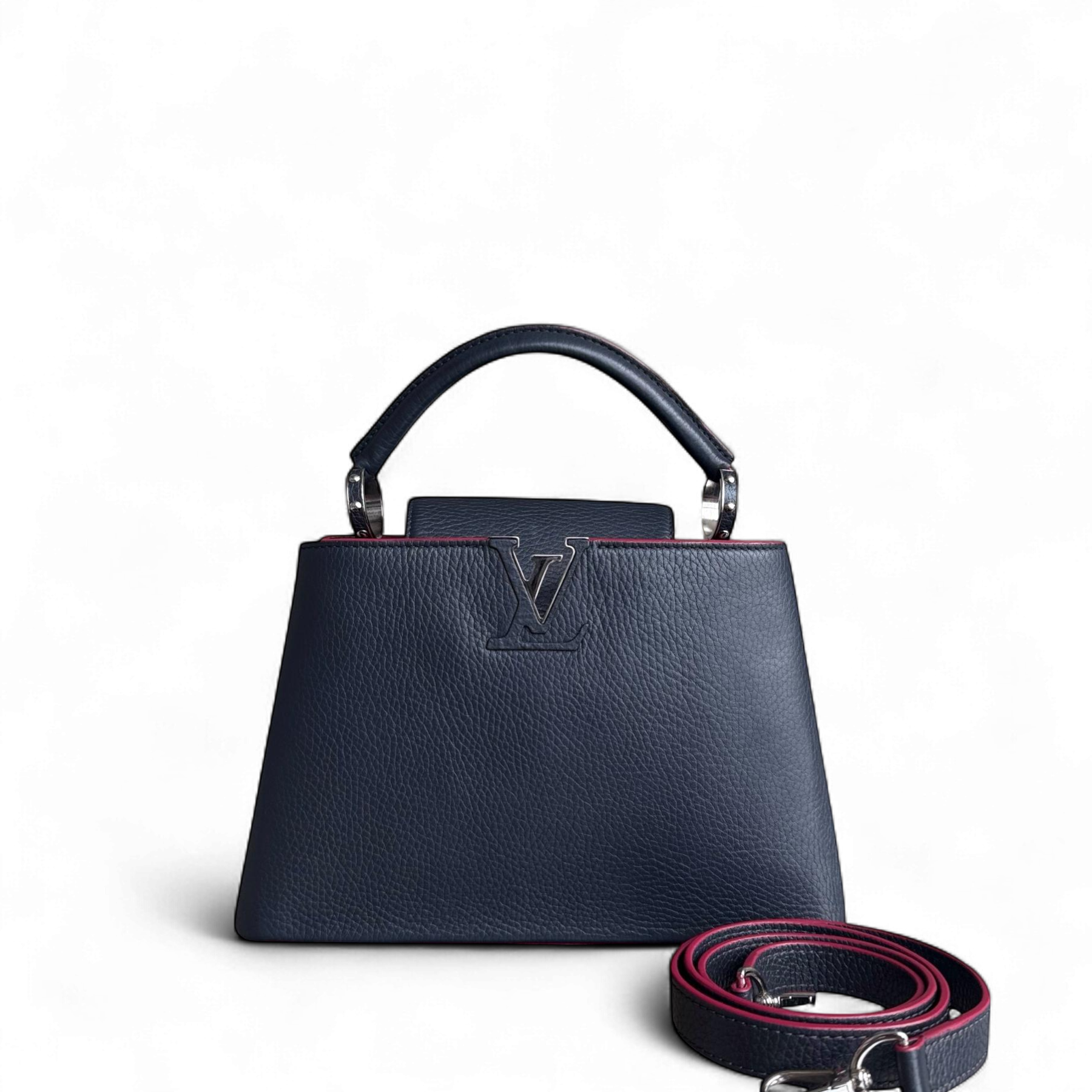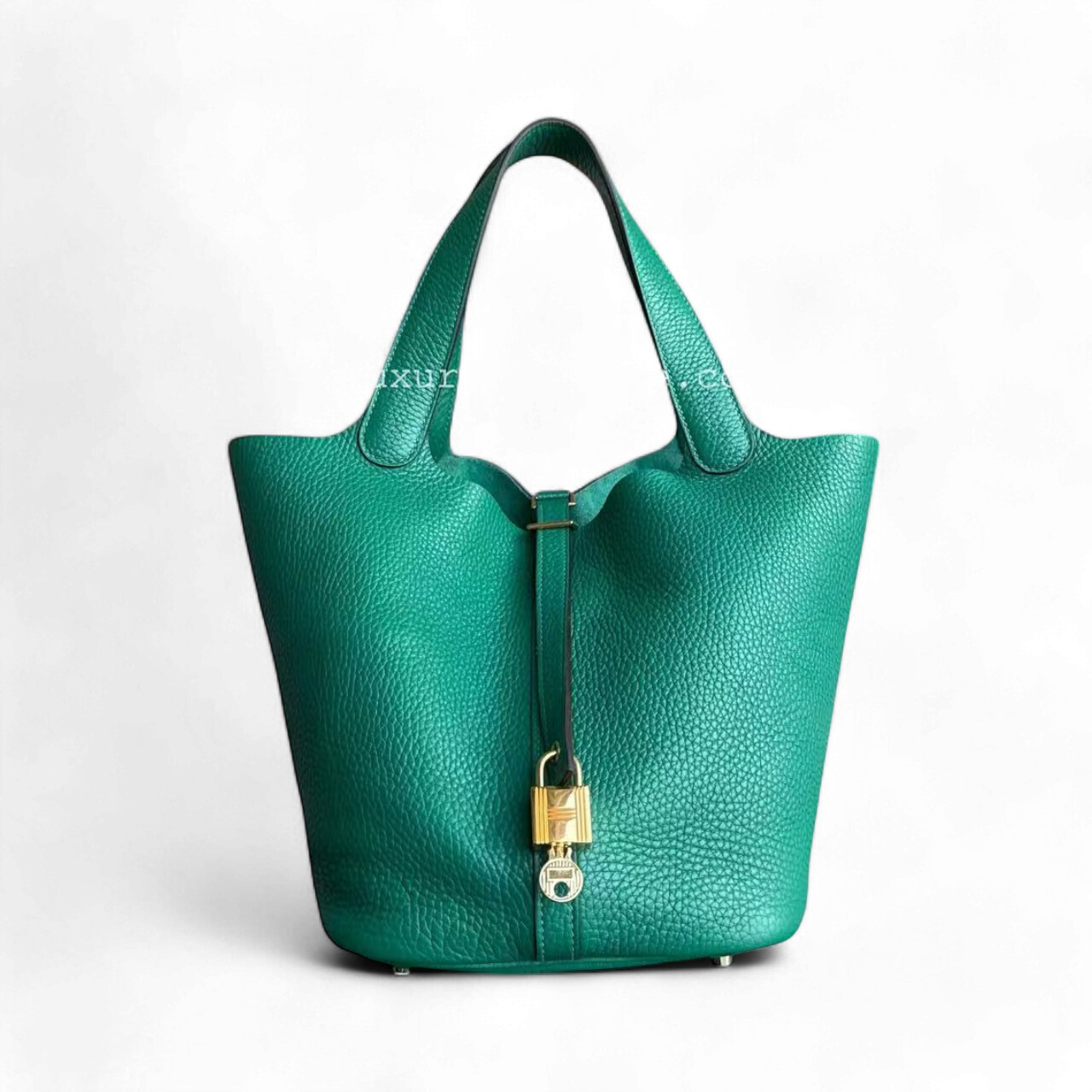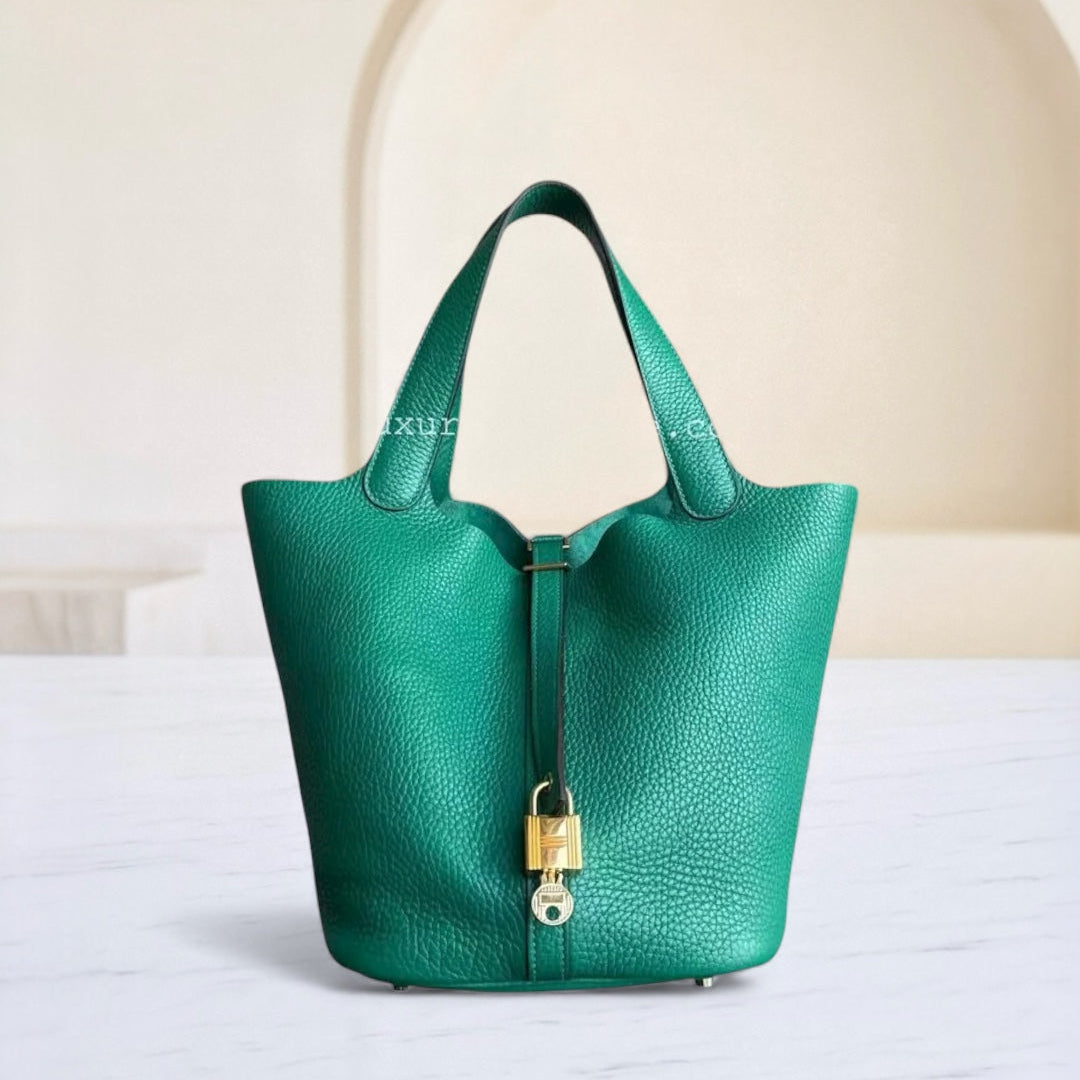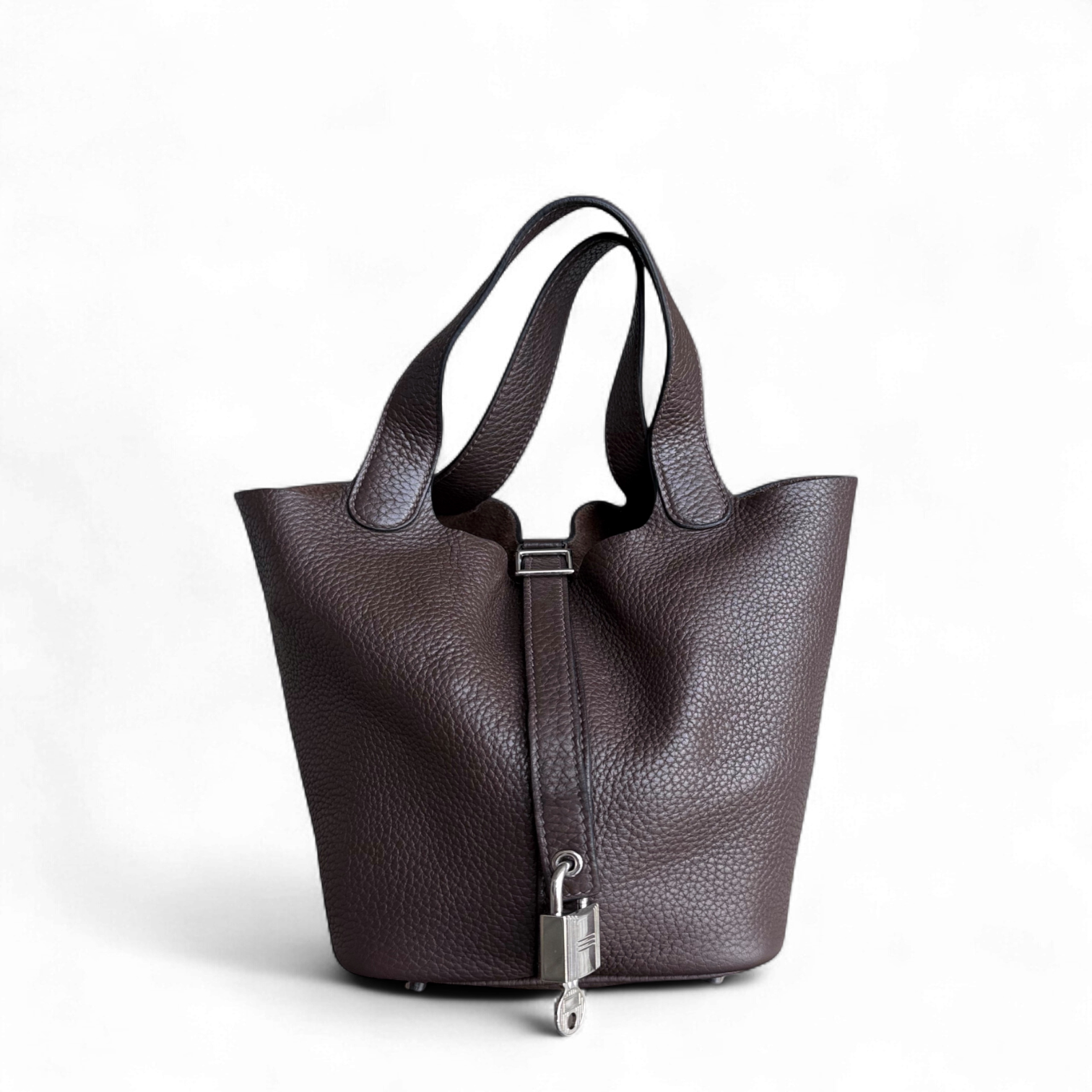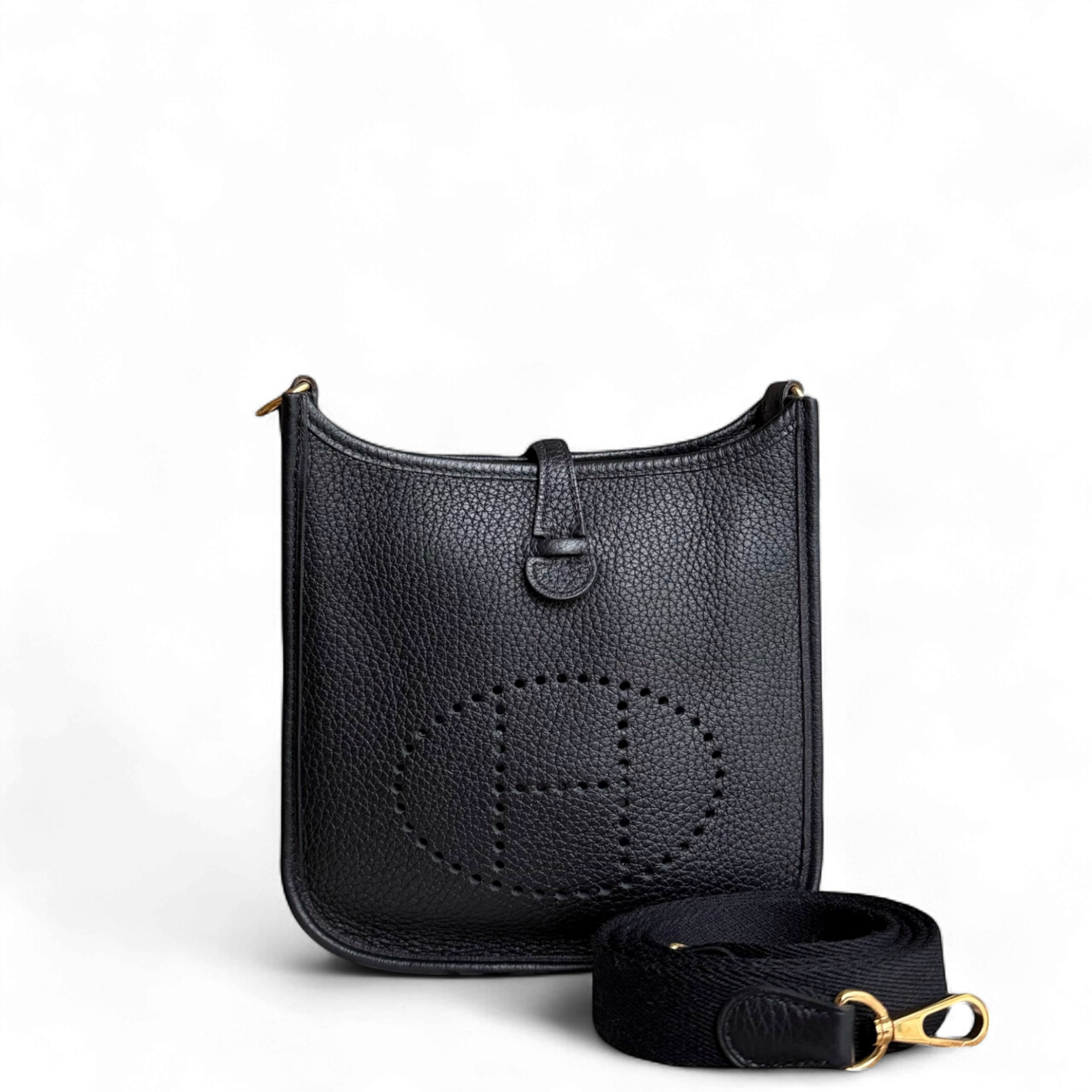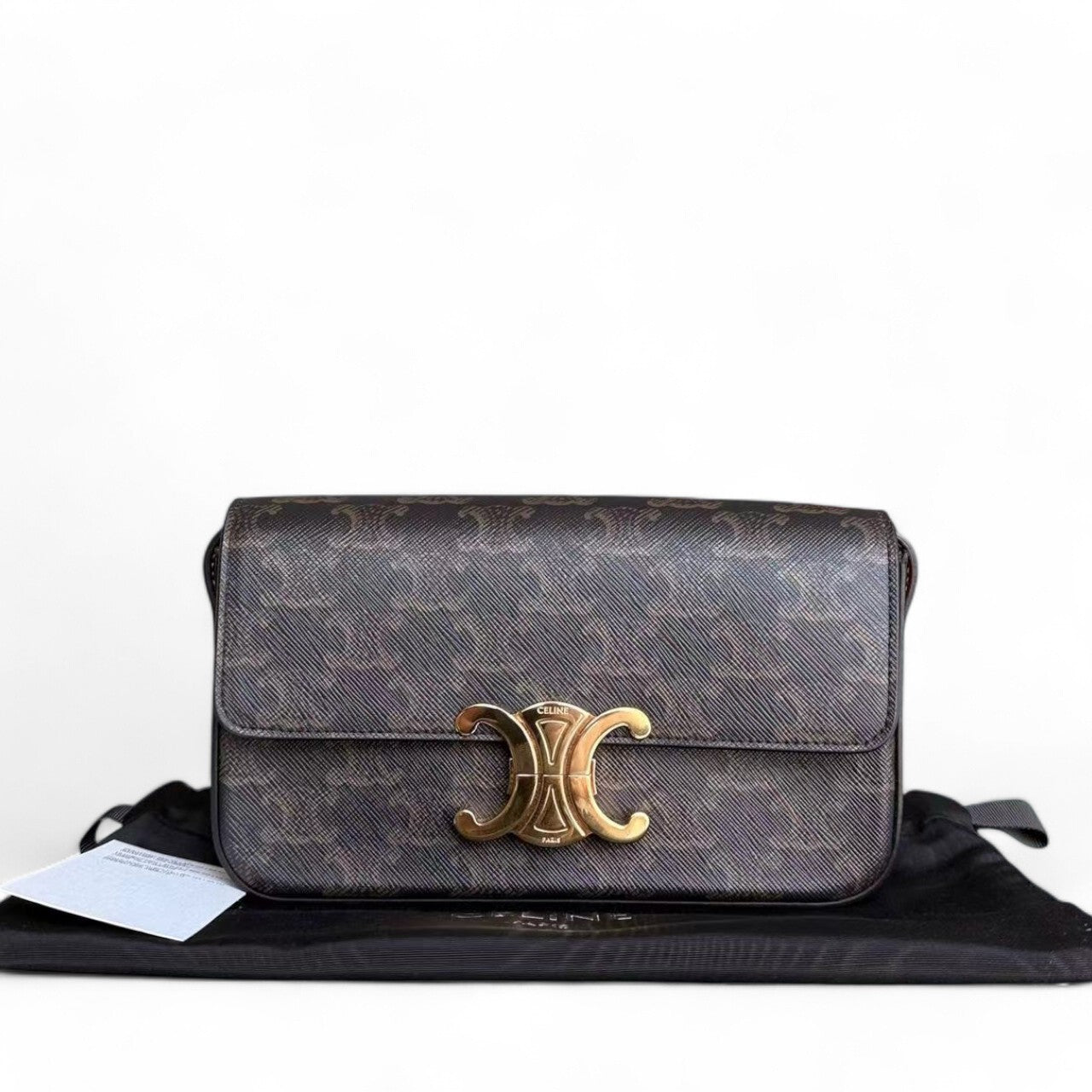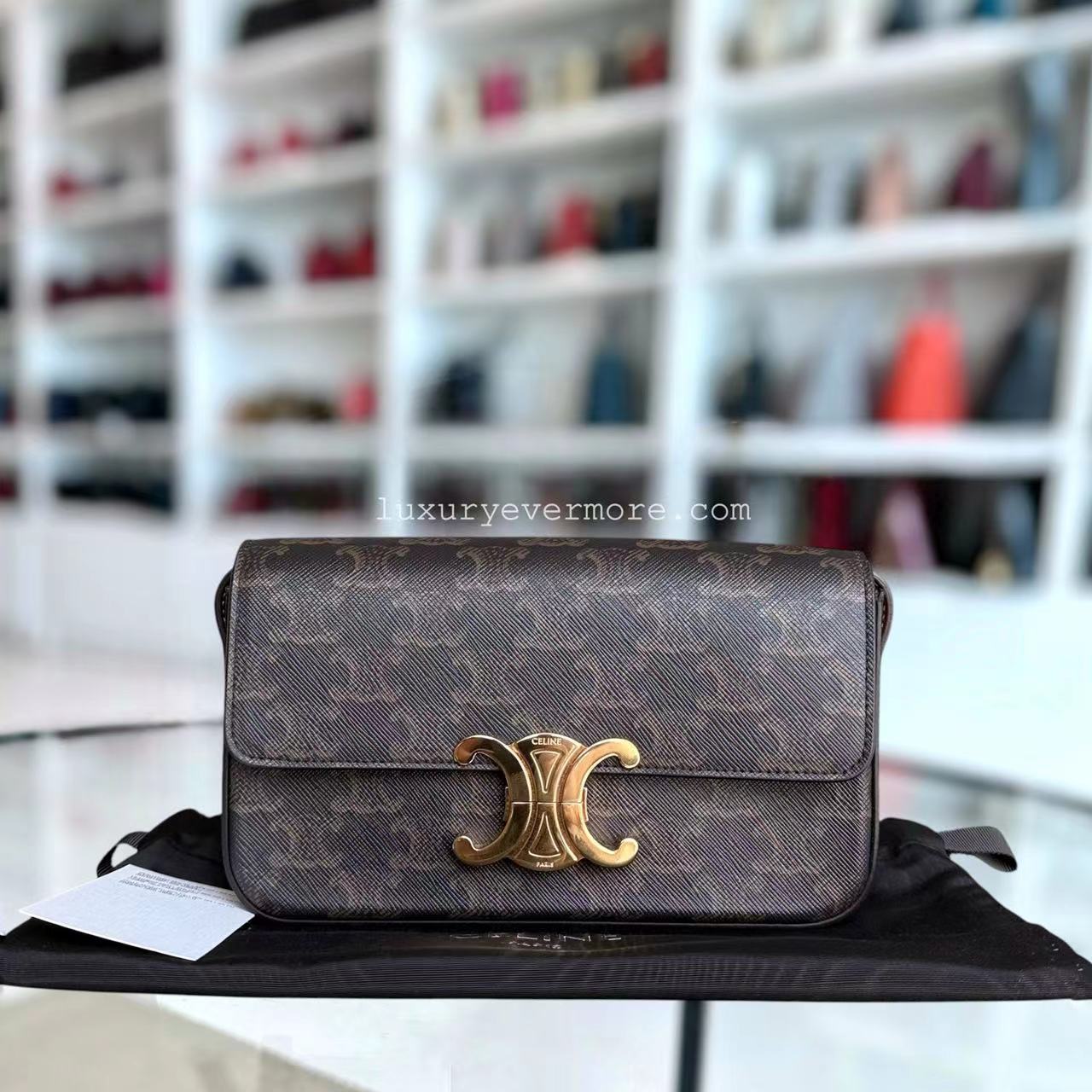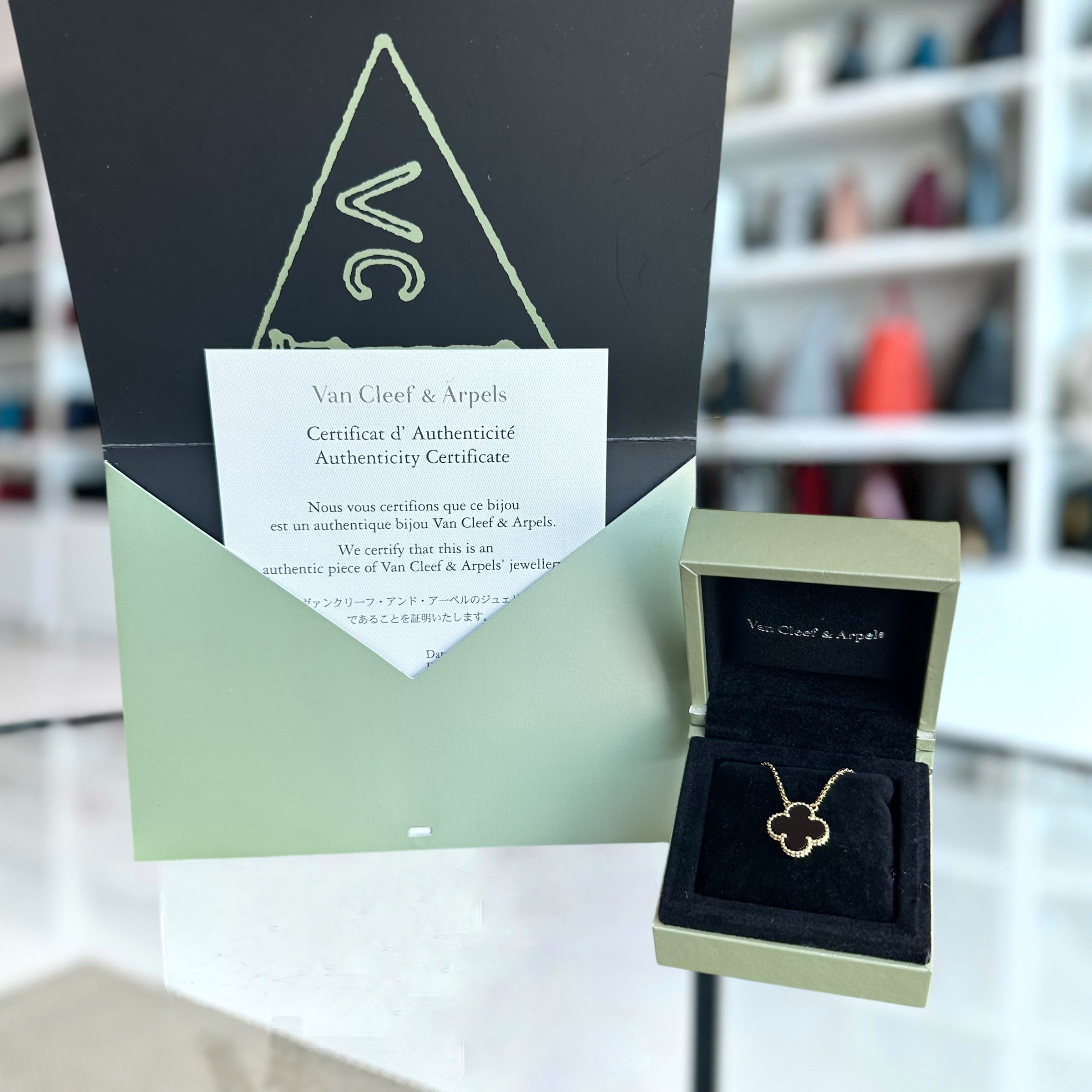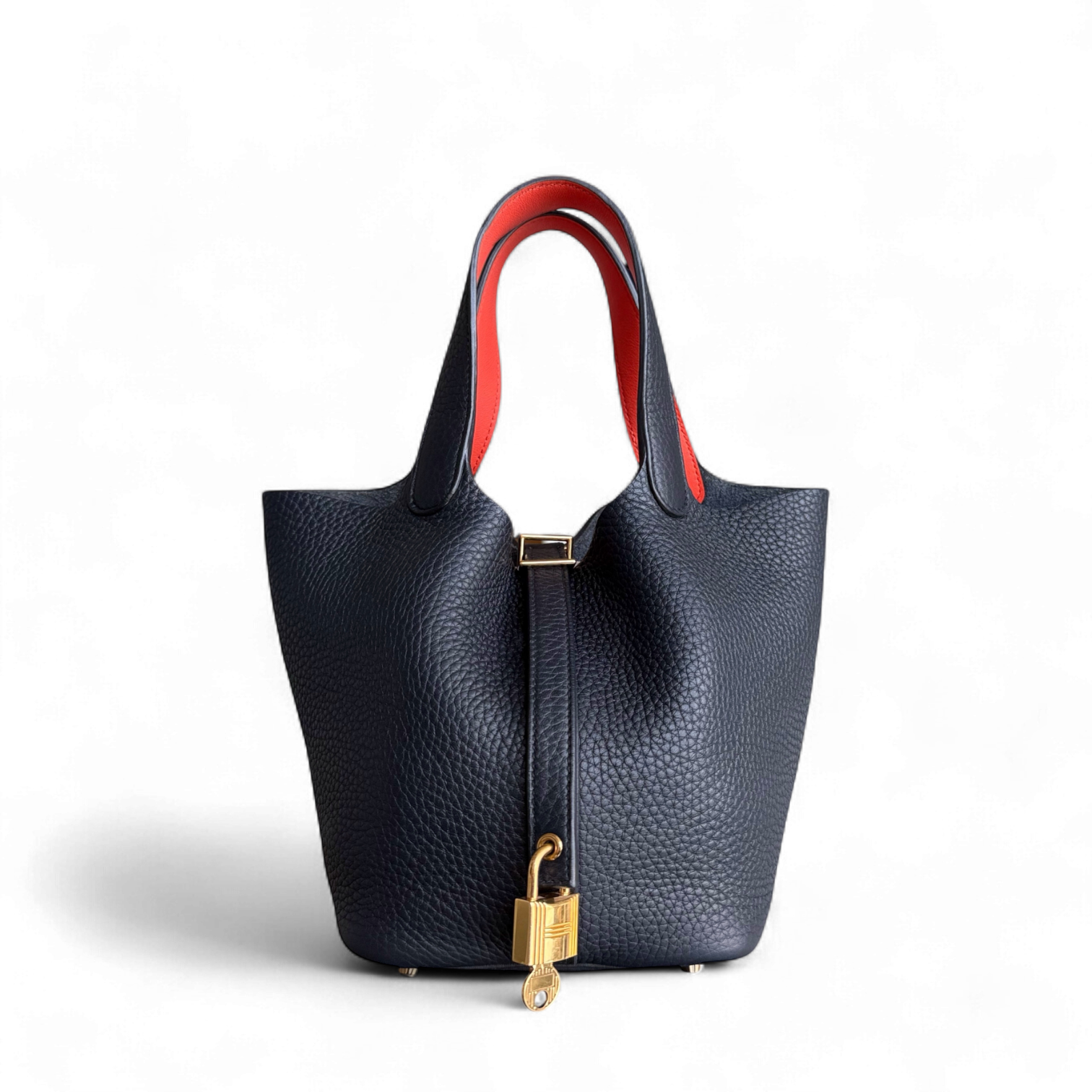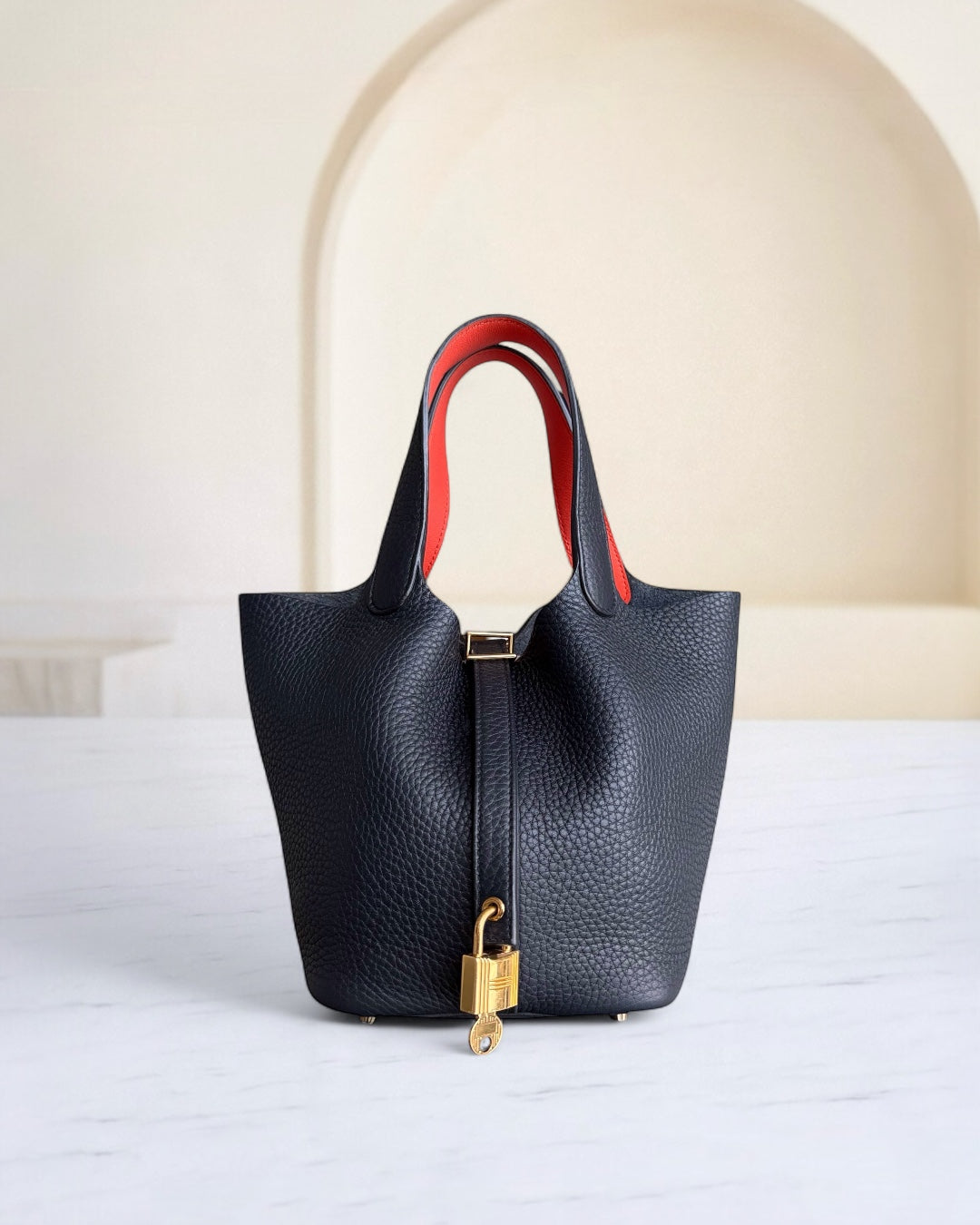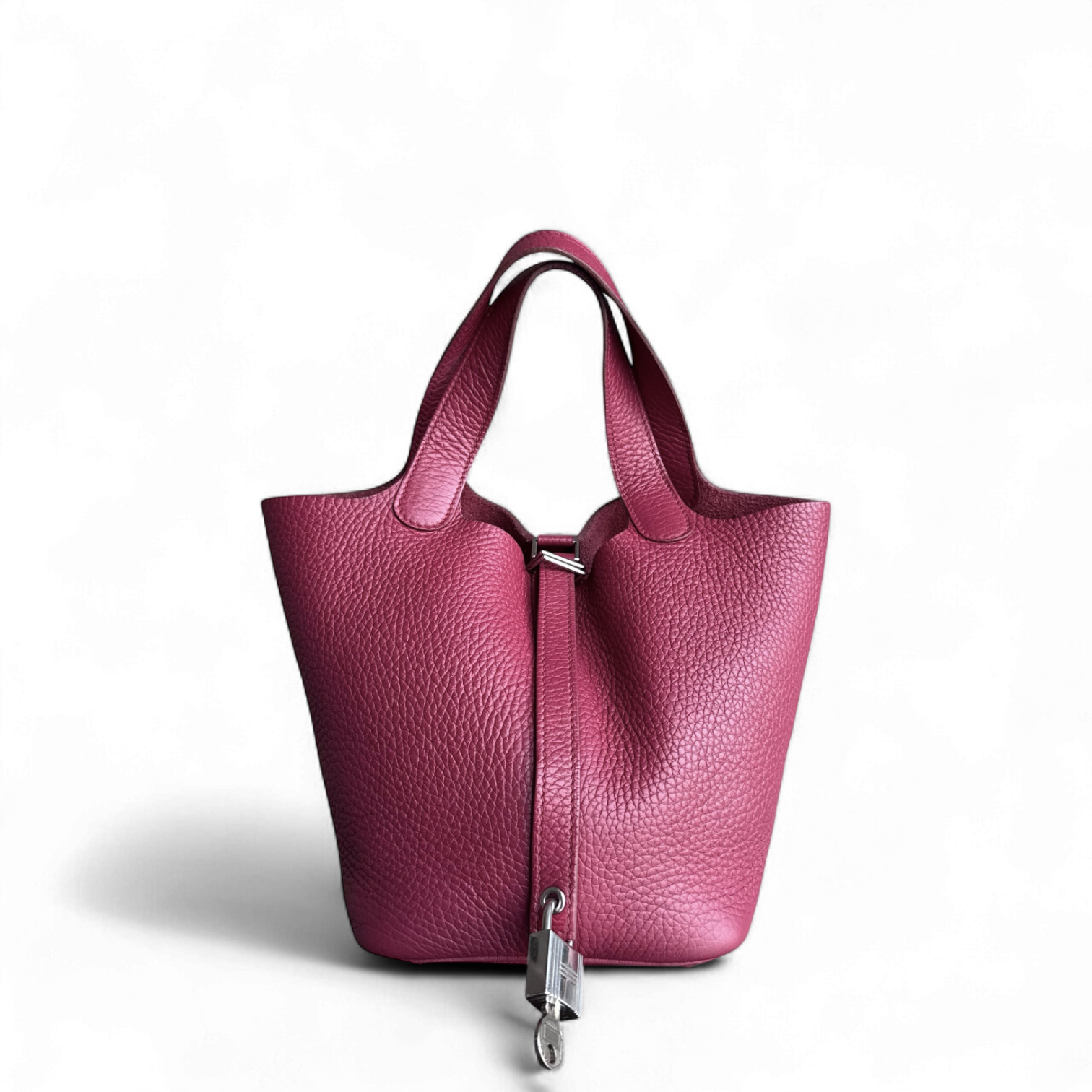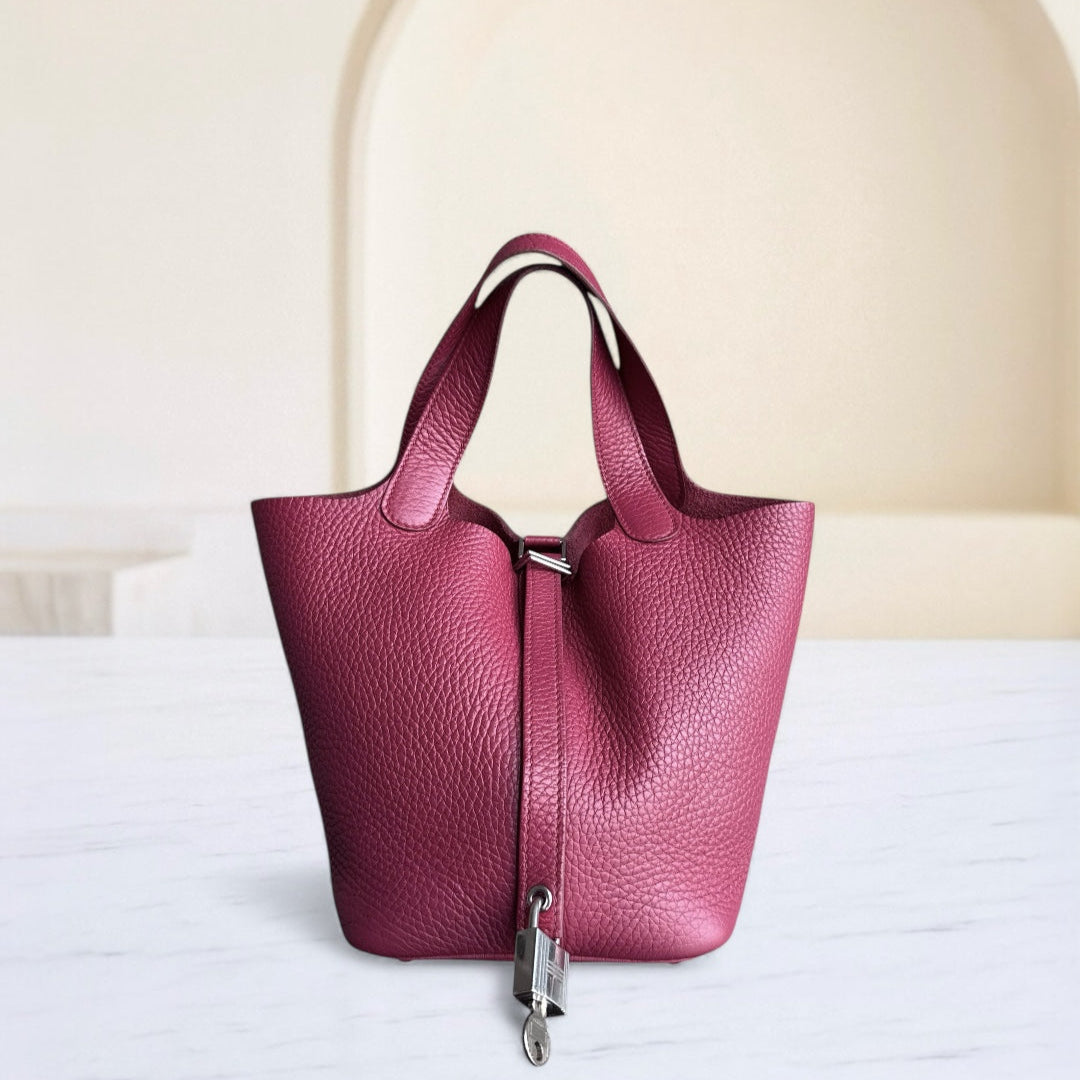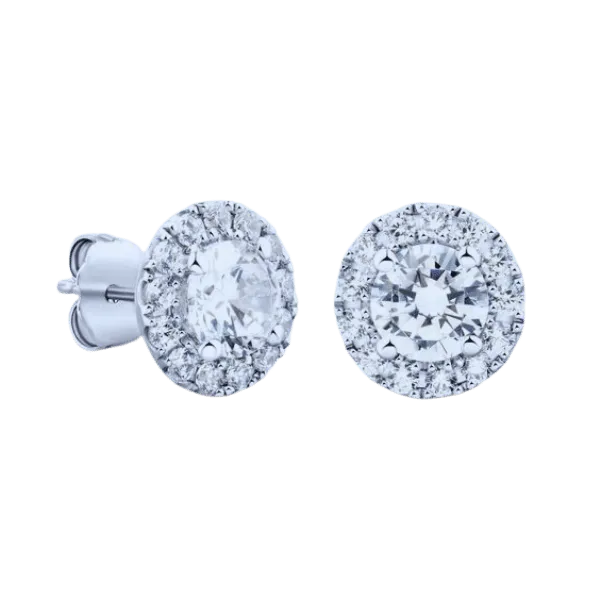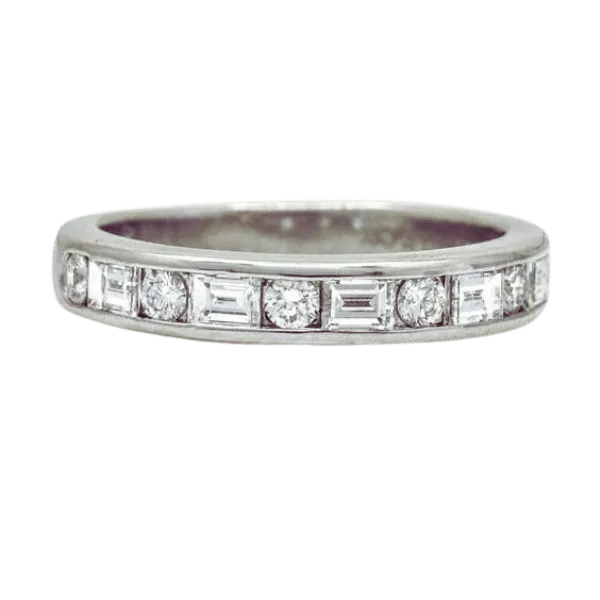Discover the Best Lab-Grown Diamonds: A Comprehensive Guide to Buying and Choosing the Perfect Sparkle
Lab-grown diamonds have become a go-to and environmentally friendly substitute for mined diamonds. This choice gives the consumer beautiful options without worrying about mined diamond-related issues. This guide is aimed at providing an easy understanding of the importance of lab-grown diamonds by providing an explanation of how they are made and what determines their quality. A look at their chemical structure, which is that of natural diamonds, and how to examine cut, clarity, color, and carat, this broad picture is a great reference for anyone, whether they are experienced jewelry wearers or placing an order for the first diamond. Read through this scholarly article and learn how to select the right lab-created diamond for your needs and how to combine ethical standards with aesthetic ones.
What Makes a Lab-Grown Diamond the Best Lab-Grown Diamond?

The four most notable features of the best lab-grown diamonds are – cut, clarity, color, and carat weight. A diamond that has an excellent cut requires maximum brilliance because it is designed to refract more and more light, and high clarity signifies that there are fewer inclusions or blemishes to disfigure the stone. A colorless or nearly colorless diamond is more desirable because it is visually more appealing. Carat size has an impact on weight, but this purchase is mostly driven by personal preference and wallet. Getting the diamond from a known manufacturer guarantees quality and compliance since the lab-grown diamond will not only be stunning but also be environmentally friendly.
How are Lab-Grown Diamonds Created?
The two most commonly utilized methods of producing synthetic diamonds are the High Pressure High Temperature (HPHT) method and the Chemical Vapor Deposition (CVD) method. The HPHT diamond method simulates the conditions under which natural diamonds are formed by exposing carbon to an extremely high temperature of about 1500 degrees C and a pressure that exceeds 1.5 million pounds per square inch. In other words, once a diamond is layered on a carbon source, the environment is sustained in a growth chamber that generates immense heat which in turn forces carbon atoms to crystalize.
CVD, much like HPHT, enables the generation of synthetic diamonds; however, they allow for lower-temperature methods to be adopted. In order to generate a diamond using the CVD, only a seed is needed. The seed is placed into a vacuum chamber, which is subjected to a carbon-dense gas and a methane addition. The temperature of this mixture is raised to approximately 800 degrees C, which activates the gas carbon. The heating allows for deposits of carbon to be placed in the seed, creating a diamond layer. The layer that is created is more dominant as it has far less impurity while remaining structurally consistent.
Lab grown diamonds take advantage of rotational and sliced dies which allow for the diamonds to be crafted at a much greater quality while maintaining characteristics that are remarkably similar to natural diamonds. The burns from the dies make reshaping possible which opens ups new opportunities especially in the cosmetic jewellery industry.
Comparing Lab-Grown Diamonds to Natural Diamonds
Comparing lab-grown diamonds and natural diamonds, one should consider the following factors:
Chemicals and Fertilizers: Both natural and lab-grown diamonds have the same structural chemistry, a medium made of carbon atoms in the form of a crystal. Thus, both varieties of diamond should have similar physical and optical properties.
Source:
- Natural Diamonds: Hard diamonds were hard diamonds caused by high temperature and high pressure inside the core of Earth over a period of billions of years.
- Lab Grown Diamonds: Within a span of few weeks, diamonds were formed inside the lab using modern techniques such as HPHT or CVD.
Effect on the Atmosphere:
- Natural Diamonds: Mining may change the environment and ecology of the earth by altering terrain and creating carbon emissions.
- Lab Grown Diamonds: Is often marketed as the more environmentally friendly option as it does not require excavation and its impact on geosphere is lesser.
Price:
- Natural Diamonds: Expensive, owing to the fact that they are very valuable due to the hard work required in their extraction.
- Lab-Grown Diamonds: They are relatively cheaper owing to their production being more straightforward and faster.
Density and Crystal Structure:
- Natural Diamonds: more often than not, they contain internal characteristics and faults created over the passage of time span of many years.
- Lab Grown Diamonds: It is possible to build lab created diamonds with minimal inclusions creating it to be less hazy.
In conclusion, I can say that such aspects help to explain the main differences and issues of concern when deciding which type of diamond to purchase, be it laboratory synthesized or enthroned, as they expand the consumers' choice in terms of preferences and ideals.
Factors to Consider When Choosing the Best Lab-Grown Diamond
There are several considerations a person must make when buying a lab-grown diamond, including quality and worth. The first would include considering the 4 C’s of diamond selection, which include carat weight, cut, color and clarity, and other factors that are determinant to the diamond's appearance as well as its brilliance. Also, make sure that there is a certificate available; it is imperative that the diamond has been evaluated and certified by esteemed organizations like the Gemological Institute of America (GIA) or the International Gemological Institute (IGI).
Secondly, what was the growth process employed , HPHT (High Pressure, High Temperature) or CVD (Chemical Vapor Deposition) ,as it will influence the specifics of your diamond. Both methods make it possible to produce good quality diamonds, but knowing the differences may help you decide which one to choose.
Finally, consider the manufacturer as well as related customer feedback. It would seem to reason that well-established businesses having history of openness and good customer service ought to be safer for investors. Moreover, take into consideration the warranty and after-sales service because they will insure your peace of mind and your investment.
How to Choose the Best Lab-Grown Diamond for an Engagement Ring?

Understanding the Four Cs of Lab-Grown Diamonds
Understanding the technical specifications is fundamentally important when deciding which lab diamonds to purchase. It is valuable to conduct this analysis while evaluating the GIA grading scale known as the cornerstone of the precious gem industry, widely referred to as the four Cs.
- Carat weight: This is the diamonds size rough cut with one carat weighting equivalent to 0.2 grams. Carat options in lab diamonds are quite diverse, with most lab diamonds being a close range to their natural counterparts, hence a wide range for many customers with varying budgets and preferences.
- Cut: This accounts for the proportion of the diamond that has been placed into the facets of the stone in order to enhance the overall brilliance of the diamond. The grading was based on a scale of measurements that ran from the letter A through G with A being Excellent and G being Poor. The accuracy of cutting a diamond can have a significantly positive impact on the diamond's aesthetics for both synthetic and natural diamonds.
- Color: Synthetic diamonds are marked from D which is grade for totally colorless diamonds, to Z which is lightest color possible which is also tinted. The major difference in lab grown diamonds and natural diamonds on the color scale is that lab grown diamonds are cut and shaped under the best controlled conditions. Because of this stones are available for almost all budgets and offer a similar look quality as natural high end diamonds.
- Clarity: This pertains to the internal faults or inclusions and external blemishes as for their rating, a scale was used running from a completely flawless diamond to one grade as included. Due to controlled environments lab grown diamonds have lower inclusion levels which has a negative impact on the clarity level of the diamond. Furthermore they are also significantly cheaper than natural diamonds due to the controlled environments.
Channelling this understanding, consumers are empowered to handpick diamonds according to their quality and budget while getting reassurance out of its origin and certificate authenticity.
Why Choose a Lab-Grown Diamond Engagement Ring?
Buying a lab-grown diamond engagement ring has become much more popular today than in previous eras, and for good reasons, as these diamonds are ethical, sustainable, and economical all at the same time. In contrast to mined diamonds, which require eco-destructive practices and are less effective, these diamonds are produced economically respectable and also protect the environment. Economically speaking, lab-made diamonds are a solution that saves a lot of expenses as you can get them at prices that are 20-40% lower than natural diamonds while maintaining their aesthetics and overall quality. Furthermore, they are manufactured in a controlled environment with very few or no inclusions, which elevates the clarity of the diamonds. Given these attributes, lab-grown diamonds should be humming to those conscientious consumers looking for beautiful pieces of jewelry that are of high quality and are true to their beliefs.
Design Tips for a Stunning Diamond Engagement Ring
- Select The Appropriate Model: The model determines both the beauty and the protection of the engagement ring. Common settings of the ring such as prong, bezel and halo tend to make the diamond more attractive. For example, a prong setting provides the highest exposure for the stone and great brilliance while a bezel setting gives a contemporary style at the expense of some brilliance.
- Examine The Material Of The Band: Choosing the right metal on the band can as well determine the aesthetics or existence of the ring. There are many people who seek platinum especially because of its unique strength and natural allergy-free properties. On the other hand gold provides style and versatility with white gold, yellow gold and rose gold each coming as a distinct contrast to the diamond.
- Pay Attention To The Balance: The balance between the total size of diamond and the width of the band is paramount. An engagement ring which is not too extravagant also maintains a visual balance thereby complementing the hand and taste of the woman wearing it. For instance, a wide and thicker diamond centercut can be well matched with a thin band which gives a neat overall appearance.
- Add One Of A Kind Touches: Unique designs and elements can boost personal attachments which may lead to enhanced emotions. You can choose to engrave an important date or a small message on the inner side of the band. Or even place tiny accent stones making the ring more stylish.
- Use Statistics and Observations: Following what is trending in society helps in making certain design decisions. The same report on the jewelry industry found that round brilliant cut rings are preferred by 72% of couples, while 53% prefer rings with a single stone/solitaire, which shows their inclination towards classic or timeless pieces.
Considering such aspects allows for designing an engagement ring that meets the desired fashion as well as sound in quality and perfection.
Where is the Best Place to Buy Lab-Grown Diamonds?

Top Online Retailers for Lab-Grown Diamonds
Indeed, the first thing that stands out and is clearest to any diamond enthusiast is the quality of the retailers they can select from. For instance:
- Brilliant Earth: Those looking for beautiful, eco-friendly jewelry do not need to look further as Brilliant Earth has an impressive collection complete with lab created diamonds in various shapes and sizes while ensuring that they are ethical and of great standard.
- James Allen: James Allen has a wide array of lab created diamonds and setting options available and the best part is they allow customers to do a virtual viewing through their website’s 360-degree diamond videos which is fantastic!
- Clean Origin: As the name speaks for itself, Clean Origin is all about lab created diamonds. They are great for consumers who are after great value with peace of mind come with their reasonable prices and a 100-day return policy.
- Blue Nile: Another great retailer of diamonds is Blue Nile, offering customers a wide selection of both natural and lab created diamonds. Their assortment is quite large providing unique custom made items to customers while also ensuring to give them proper guidance and assistance if they require it.
Given the problems that many lab grown diamonds faced in terms of ethics or customer satisfaction, retailers such as these provide superb online options which do not have those risks allowing one to purchase one with peace of mind.
Physical Stores: Where to Buy Lab-Grown Diamonds?
A multitude of jewelers offer a range of services and lab-grown diamonds for purchasing. With shops such as Jared and Kay’s, who have begun carrying lab-grown diamonds, adequate that there are people who will help you select the right piece. Also, jewelers like Helzberg Diamonds and Shane Co. concentrate on letting customers see and touch the diamonds first, thus ensuring a certain level of quality. Customers are able to tell the craftsmanship and skill that has gone into making these diamonds.
What to Look for in a Trusted Lab Diamond Vendor
As a consumer of lab diamonds, it is important to evaluate a vendor based on a couple of aspects that could ensure that purchasing is done at the required quality. To begin with, check the vendor’s certification and grading policies. Most of the vendors in this marketplace should be able to provide gems that are already graded, for instance, by institutions such as the Gemological Institute of America (GIA) or the International Gemmological Institute (IGI). In the second place, try to determine how free the vendor is, with respect to claiming the ethical confines of lab-grown diamonds. In the third place, read reviews and ratings before buying. Knowing the number of satisfied customers a vendor has proves useful in determining how trustworthy a vendor is. Also, check the policies concerning returns and warranties. Their level reflects how confident the vendor is with his product and after-sales services. Taking these factors into consideration, the consumer is able to make the right choice when looking for the most reliable lab diamond vendor.
Is There a Difference in Quality Between Lab-Grown Diamond Jewelry and Natural Diamond Jewelry?

Quality and Durability of Lab-Created Diamonds
Diamonds that are grown in the laboratory have the same quality and perfection as natural diamonds in terms of physical, optical, and chemical features. What can be said to be the only difference is their source; chemical vapor deposition diamonds are manufactured in laboratories, so the scope for variation in quality is tremendous. Thus, such diamonds manufactured in laboratories can also score excellent clarity, cut, and color grades without compromising on the quality of and like their natural equivalents. As a result, natural diamonds can be replaced by lab-grown ones that are cheaper and environmentally friendly.
Exploring the Aesthetic Value: Lab-Grown Diamonds vs. Mined Diamonds
When considering the art of lab-grown and mined diamonds, both have the same chemical composition and crystal structure, hence the reasons as to why they look almost similar. That being said, there are micro differences which might be of importance to consumers.
Visual Characteristics
The difference between diamonds that are created in the lab and those obtained through mining is not apparent. Both diamonds affect the amount of light that passes through, and with a similar refraction index and dispersion, it enables an optimized sparkle for both diamonds. A more sophisticated device is apparently necessary for discerning, inclusions which may sometimes be artificially created for authenticity are the main difference between the two diamonds.
Color and Clarity
Color-wise and grade-wise, lab diamonds and mined diamonds have the same range, whereas D Guage diamonds are colorless while Z gauge is a very light yellow. However, the clarity level might vary on average as lab-grown inclusions have a greater chance of being produced with little inclusions and blemishes due to controlled conditions.
Data and Trends
The latest research conducted by the Gemological Institute indicates the growing popularity of lab-grown diamonds since around 70% of the respondents do not consider them appealing. Furthermore, one of the studies dedicated to consumer’ behavior depicted a 15% annual growth in the lab diamond market, thus signifying a trend toward luxury and sustainability. With the ethical side of consumption becoming vital as well for many customers, this indicates that lab-grown diamonds may be a solution, combining ethics and luxury.
For this reason, the aesthetic dimension of lab diamonds is still maintained as it caters to the requirement of the target market that aims for beauty within their jewelry but also considers the values.
How Lab-Grown Diamond's Eco-Friendly Nature Adds Value
With market expansion, the cost of lab-grown diamonds is rapidly increasing, and this is mainly due to their ability to safeguard the environment and the ecological system. Mining operations, as stated by Brilliant Earth, an ethical jewelry company, consume far greater energy to produce diamonds and emit far more carbon than lab-based production. The Diamond Foundry points out that their diamonds are made using entirely renewable sources of energy, reiterating their low ecological impact. Lastly, the International Gem Society, on the other hand, states that mining, which tends to impact the environment and the indigenous people, is not required for the production of lab-grown diamonds. Such characteristics foster the attractiveness of lab-grown diamonds in the eyes of consumers because they follow a larger trend towards environmentally friendly and responsible luxury goods.
Why Consider Lab-Grown Diamond Earrings and Other Jewelry?

Benefits of Choosing Lab-Grown Diamond Jewelry
Selecting diamond jewelry that has been cultivated in laboratories has many advantages, especially for consumers who are prudent and possess ethics. Such diamond jewelry perfectly reproduces natural diamonds in both the physical and the chemical properties; thus, the same level of beauty and durability is assured. From an economic perspective, they can also be quite cheap and, therefore, represent a luxury that is cost-effective. Their production also uses less of the environment and therefore adheres to the tenets of sustainability. Furthermore, there are no ethical issues with diamonds developed in laboratories as they are free from conflicts, which is a common concern with the mining of diamonds. To sum up the arguments, the preferences for lab-cultivated diamonds fit well into the current trend of being a responsible consumer without lowering the standard in terms of quality and visual satisfaction.
Popular Styles of Lab-Grown Diamond Earrings and Stud Earrings
Lab-grown diamond earrings are very well-grown and almost too widely available in a range of sought-after styles that are suitable for a variety of tastes and events. First, the timeless stud earrings that have not lost their presence are a simple single diamond encrusted piece that is ideal for both casual and official wear. On the other hand, customers who want more complexity will find halo earrings interesting as they feature a center stone with a ring of smaller gems around it, increasing their beauty and size. There is also the option of using drop earrings which elaborately but rather tastefully showcase chains or other designs that hang below the earlobe. There are diamond embedded hoops available that give a fresh appeal as they are traditional in style but have a modern diamond twinkle. Each style serves as an effective means of displaying one’s style but gives an opportunity to enjoy the positive practices of lab diamonds.
Enhancing Your Collection with Lab-Grown Diamond Accessories
When adding to your collection with lab-grown diamond accessories, think about more unique pieces that are both appealing and environmentally friendly. As seen on the website of Clean Origin, lab-grown diamonds are cost-effective and eco-friendly, therefore proposing the likes of tennis bracelets and pendant necklaces that would fit all sorts of clothing. With lab-grown diamonds, Brilliant Earth can showcase its beauty and people’s creativity as one can create a ring and a bracelet with stunning designs that meet an individual’s taste. Finally, the lab-grown diamond provided by Blue Nile is said to have an excellent measurement of various technical aspects, which includes having designed jewelry both rustic and chic to match one’s culture. Purchasing from Clean Origin, Brilliance Earth, and Blue Nile will allow you to build up a collection that is both stylish and good for the environment.
Reference Sources
Frequently Asked Questions (FAQs)
Q: What are lab-created diamonds?
A: Lab-created diamonds, also known as lab-grown diamonds, are cultivated in laboratories with the application of advanced engineering processes that overlap with the geological forces that gneiss and diamonds deep within the planet Earth. Such diamonds are chemically and visually no different from natural diamonds.
Q: What is the difference between lab diamonds and natural diamonds?
A: There is absolutely no difference between lab grown diamonds and natural diamonds when it comes to chemistry, physics, optics, and sparkle. This permits clients to get the finest quality diamond at a low cost hence a popular option.
Q: Where can you make the most optimal purchase of lab-grown diamonds?
A: The best place to buy lab grown diamonds depends on your preferences and requirements. While most online platforms are great options as they provide such people with an array to choose from as well as cut-throat rates plus the huge benefit of shopping at the comfort of their homes. But it is best practice to buy only from trusted sellers who certify the diamond as well as gives details about how it was sourced.
Q: Are lab-grown diamond rings a suitable option for engagement rings?
A: Lab grown diamond rings can inarguably be considered as a good option to go for when considering getting engaged, they are quite an affordable option yet provide the same look of real diamonds, meaning that one is able to set a budget and be able to purchase stones of a higher quality or an even larger karat while being on a budget.
Q: What exactly are lab-created diamonds, and how do these diamonds work?
A: Lab-created diamonds are cultured, synthetic diamonds produced in a laboratory setting. It is worth noting that they are produced using two main methods: high-pressure, high-temperature (HPHT) and chemical vapor deposition. Both approaches replicate the natural process of diamond growth and produce a diamond that is structurally and chemically natural.
Q: What would be the best lab-grown diamond for a simple or solitaire engagement ring?
A: There are a lot of factors that should be taken into consideration when deciding ‘the best lab-grown diamond,’ and one such factor is an individual’s preference or taste as most rings come in an excellent cut, polish, and color, which enhances sparkle or brilliance when worn at times however when debating traditional planting alone side growing one a natural karat average out works best.
Q: Where can I find lab-grown diamonds in earrings, specifically stud earrings?
A: Yes, lab-grown diamonds in earrings, specifically stud earrings, have become more common among people in this day and age. They are said to be quite an affordable and stylish option, all while providing a similar shine to that of natural diamond earrings.
Q: Are lab-grown diamonds worth using as wedding rings?
A: Naturally, lab-grown diamonds appear to be ideal American wedding rings. They appear to be stunning, impressive, and highly valued. Faced with the traditional form of wearing diamond rings, society can now hope to find more ethical and cheaper options that would appeal to their environmental concerns.
Q: What is the carat range for lab-grown diamonds?
A: Carat sizes for lab-grown diamonds range just as wide as they do for natural diamonds. Whether you want a small accent diamond or a pendant with a large-carat lab-grown diamond, you will get it easily because there’s a size for everything.
Q: How can I buy a diamond tennis bracelet that’s perfect for me and uses lab-grown diamonds?
A: Ideally, when selecting a diamond tennis bracelet, one should pay attention to the metal type, design of the bracelet, and, most importantly, the lab-grown diamonds that will be set in it. Look for diamonds that have been well cut to allow sufficient scintillation, and pick out a design that suits you better.
Contact Luxury Evermore should you need help with acquiring or building up your collection. There is a variety of brands with different styles, as well as sizes, and colors, for example, Hermes, Chanel, lv and Dior. If you are not lucky enough to find the bag you are looking for on our website then our concierge team will probably be able to order it for you. We provide 100% authenticity guarantee for all our bags, and any item sold on this site will be dispatched to you within one to two business days upon receipt of the payment.




